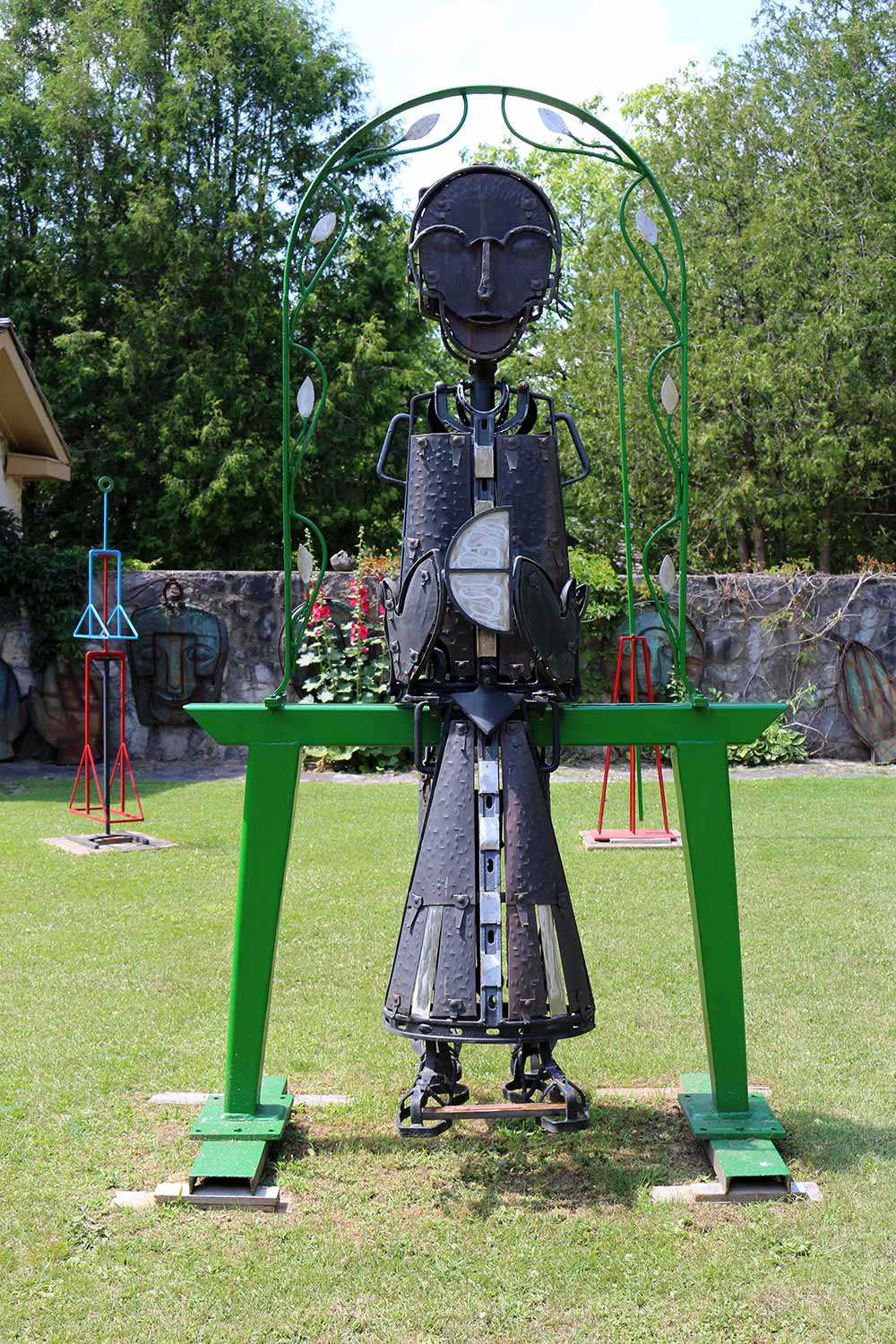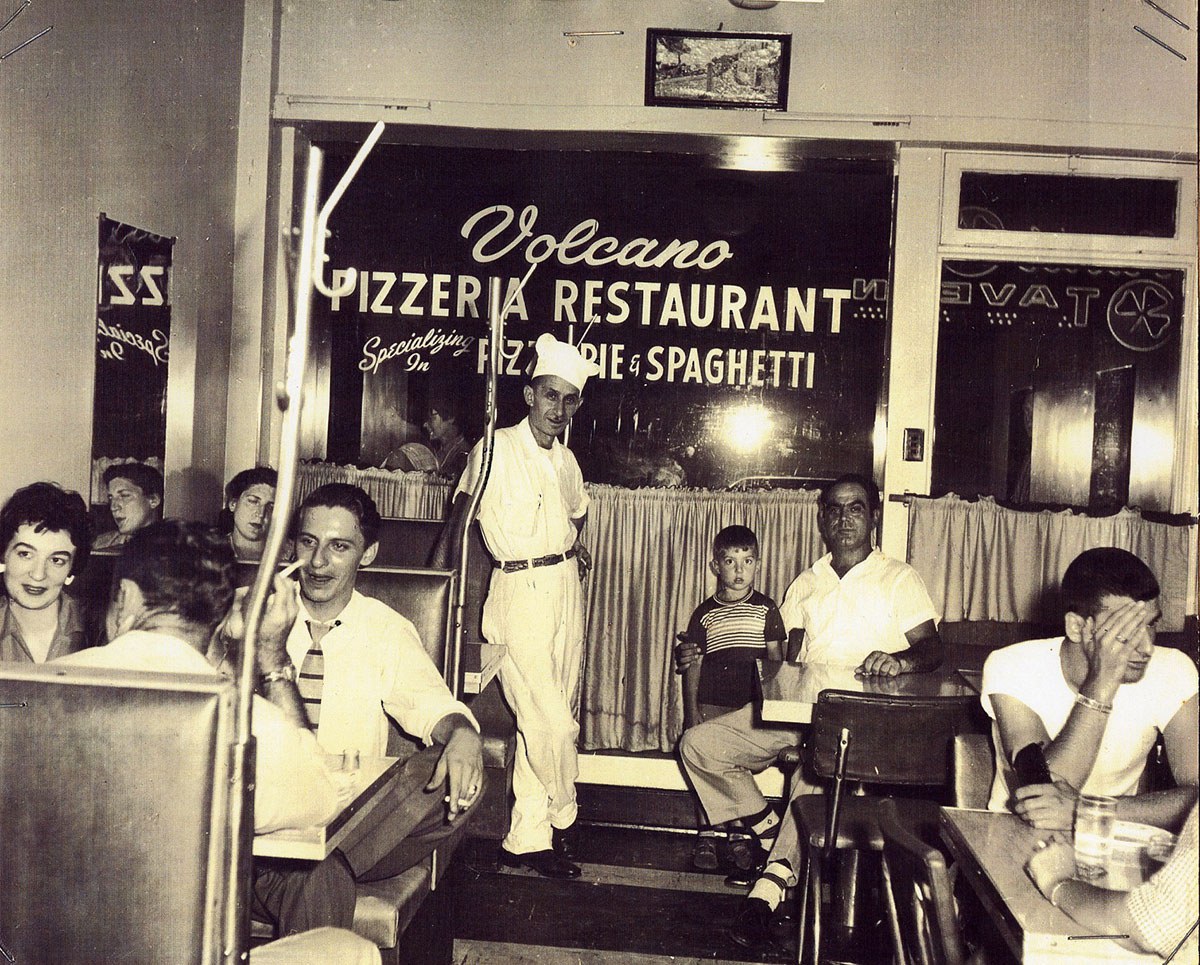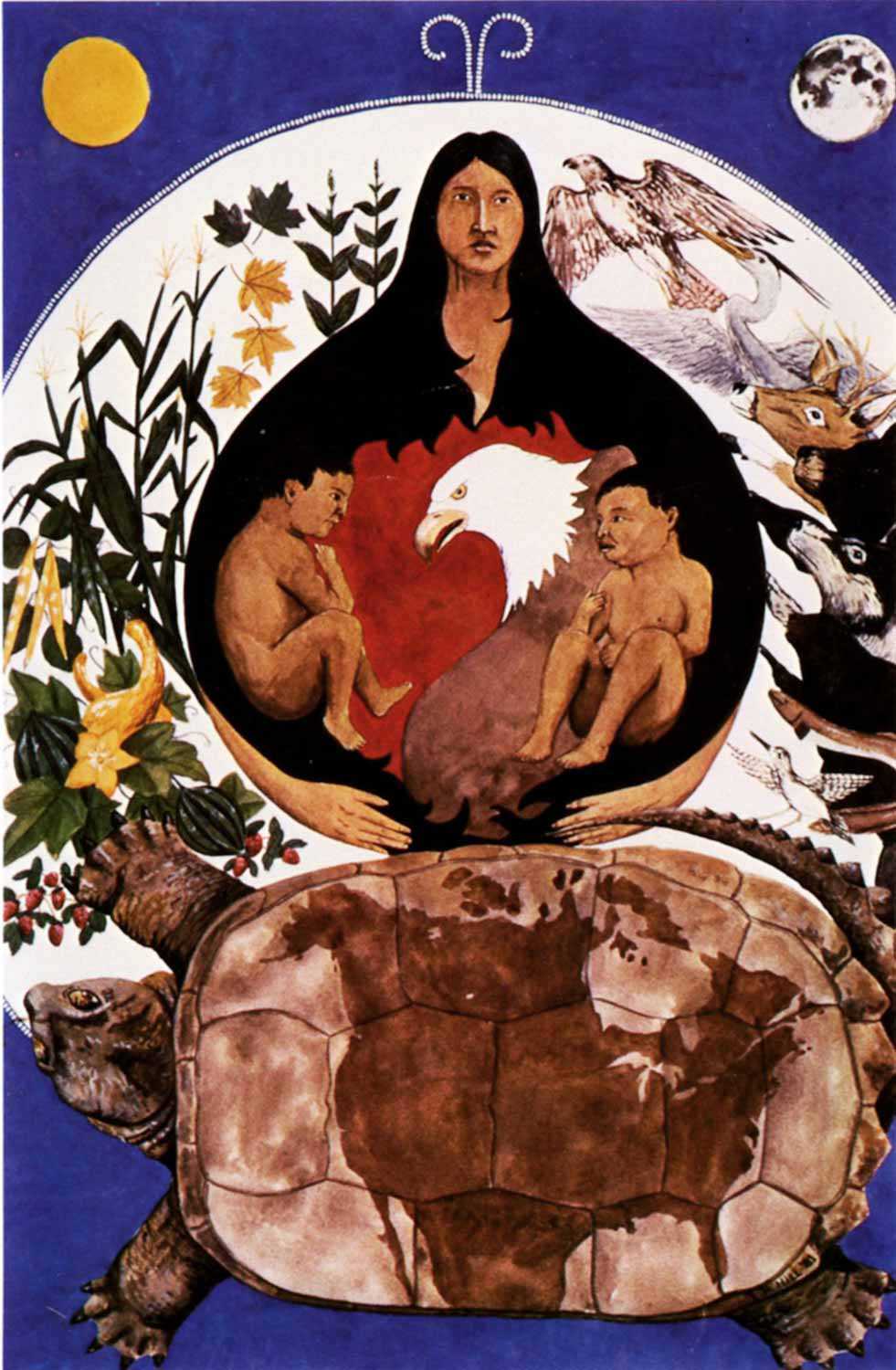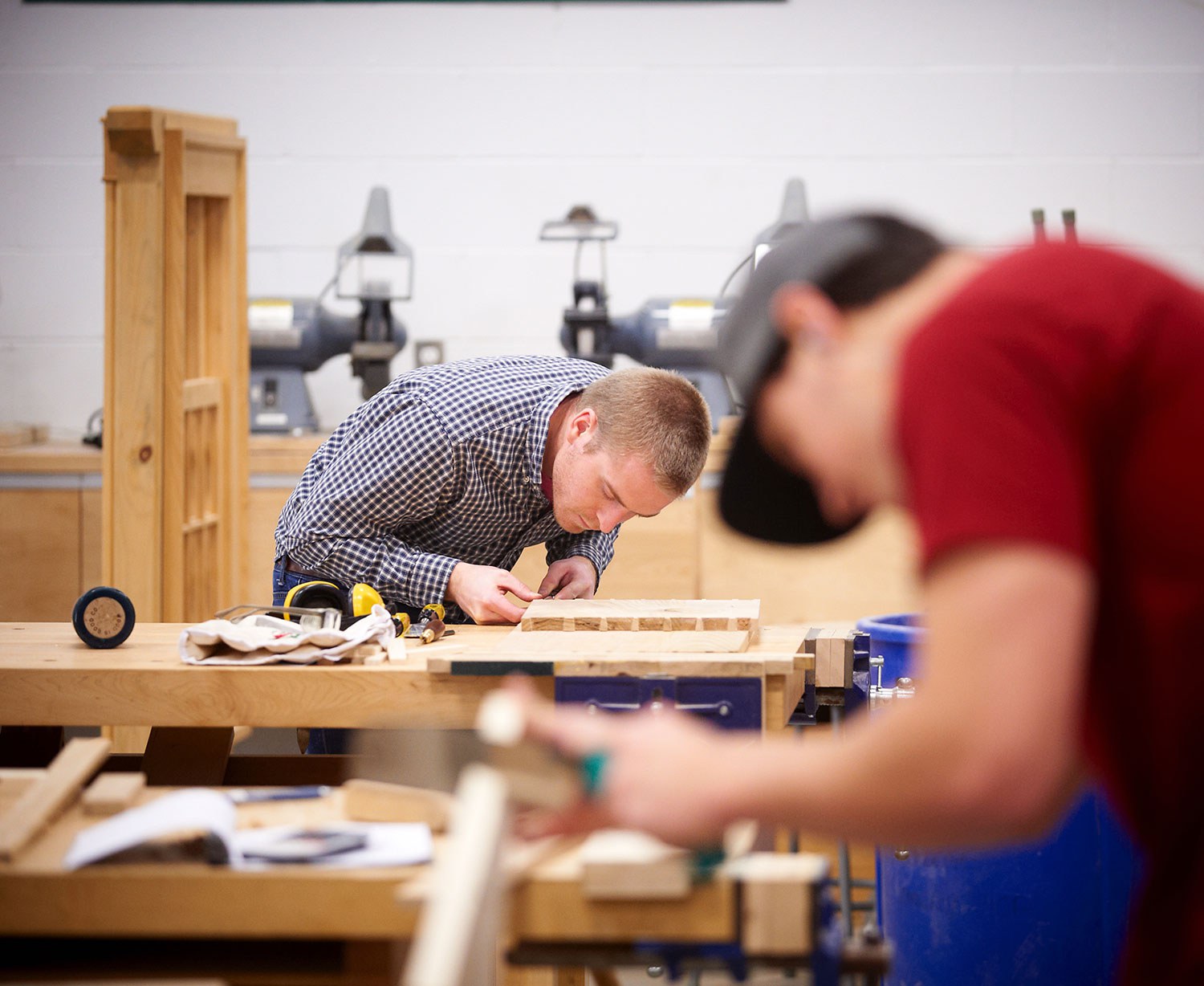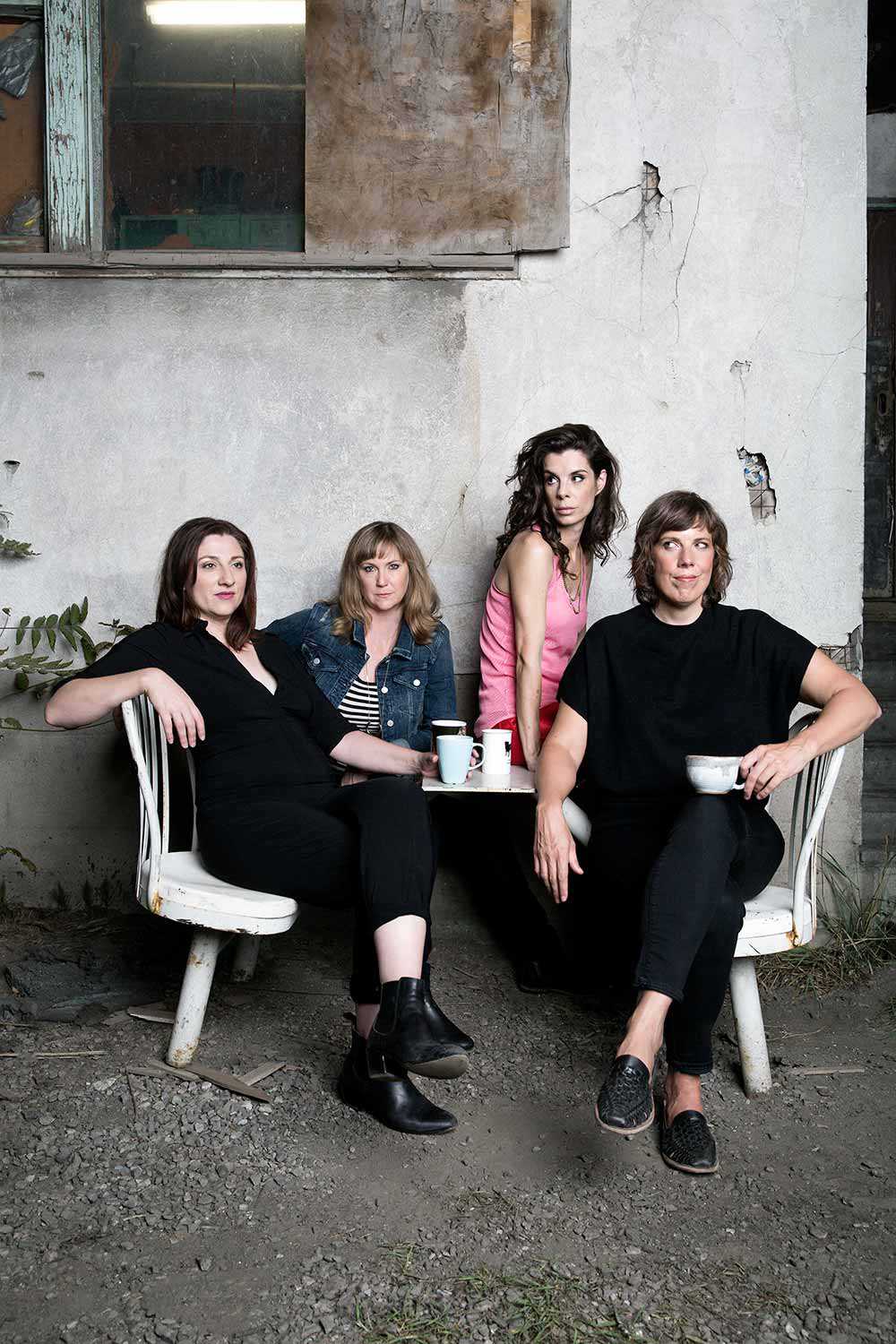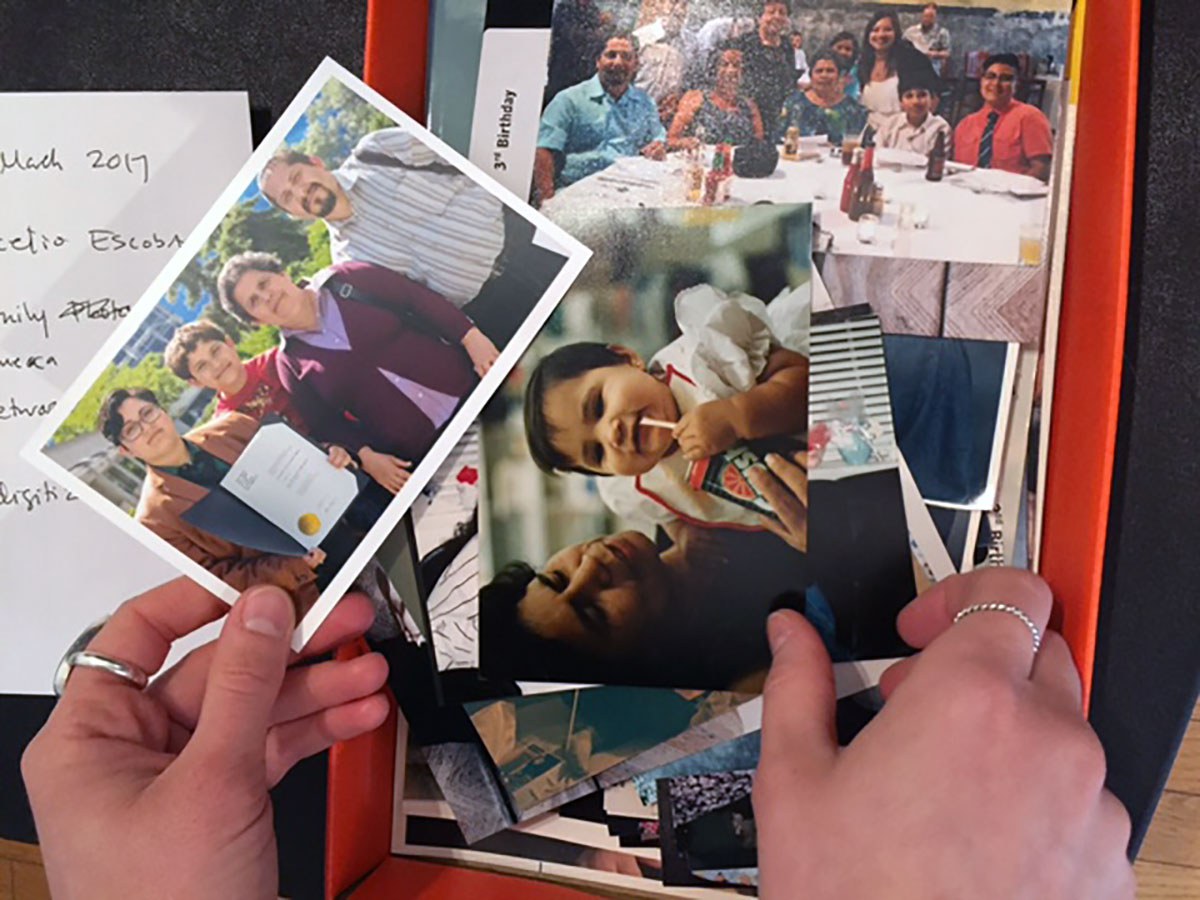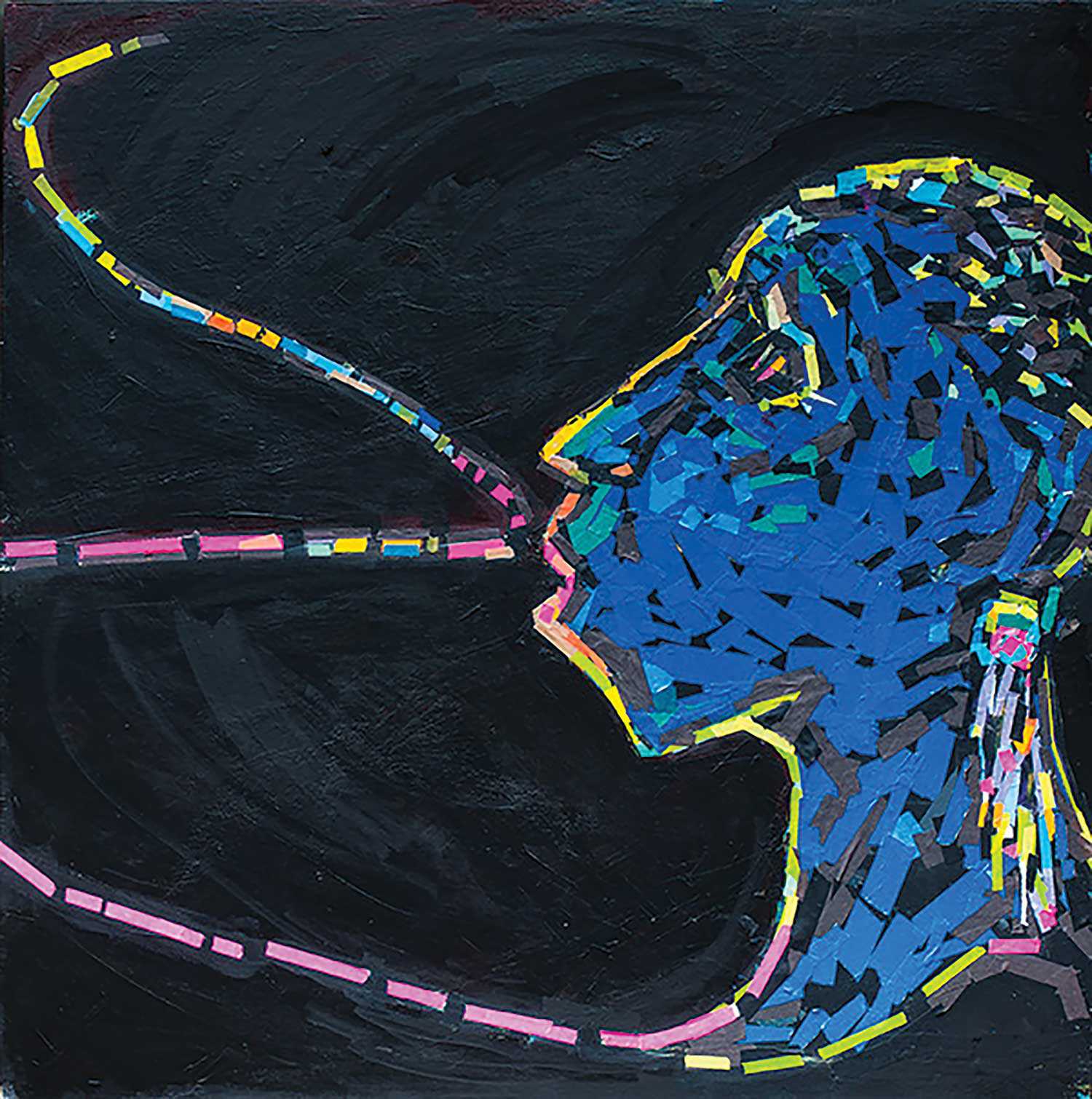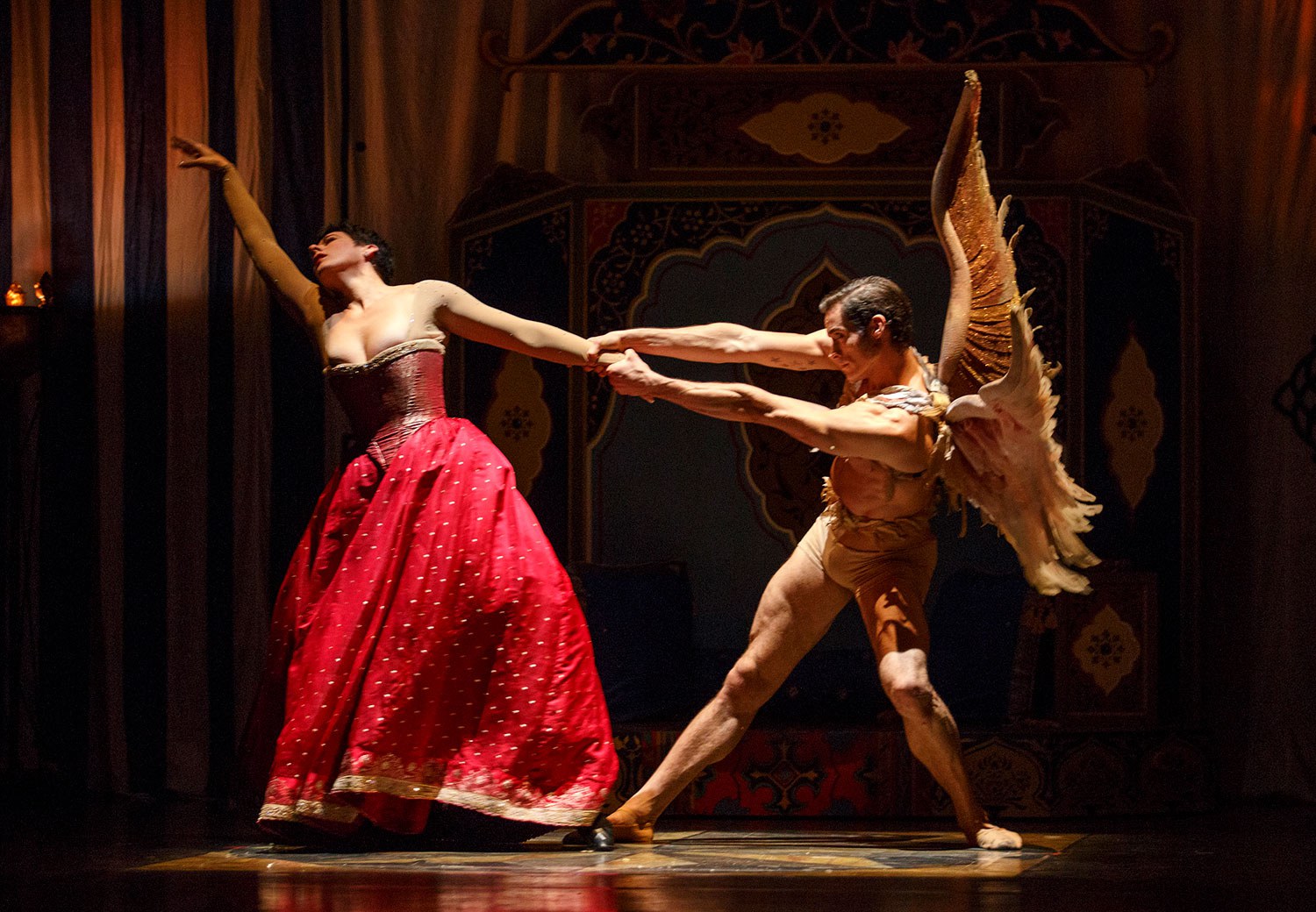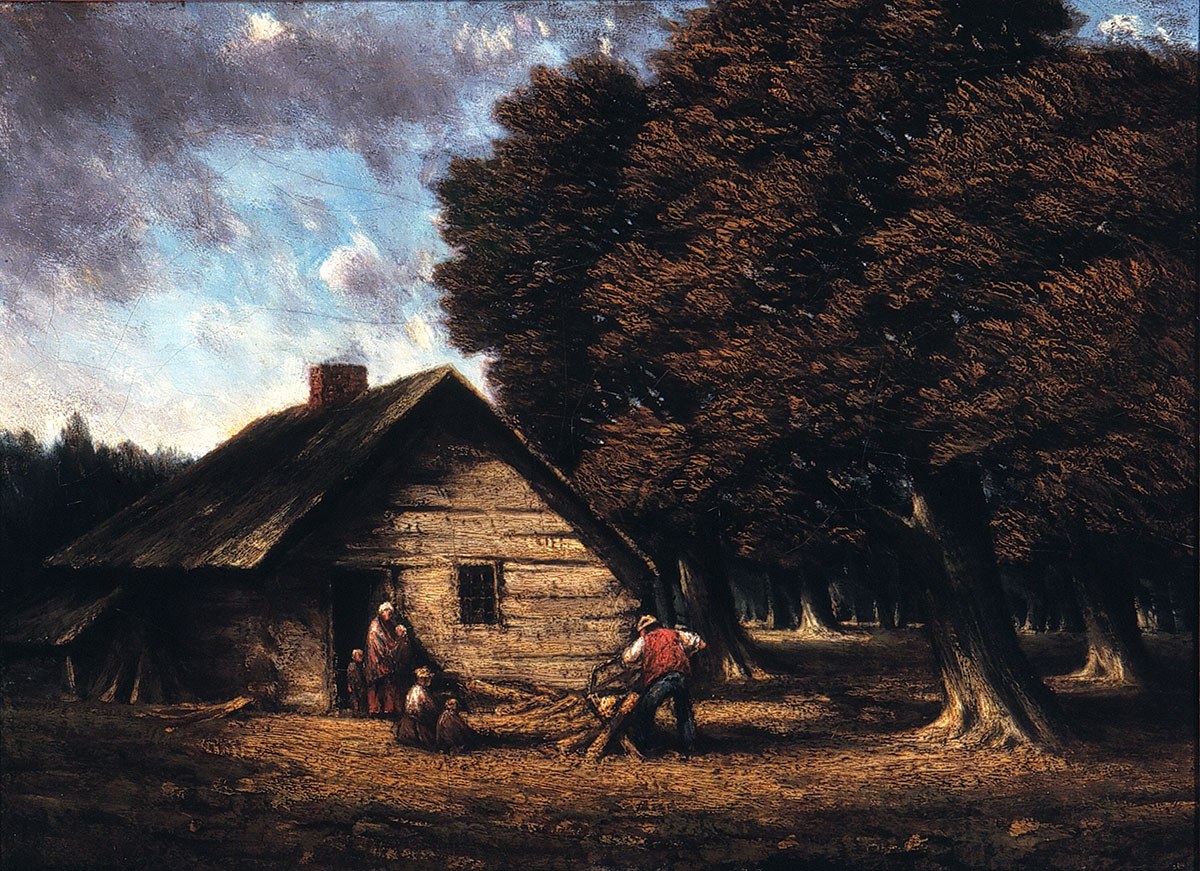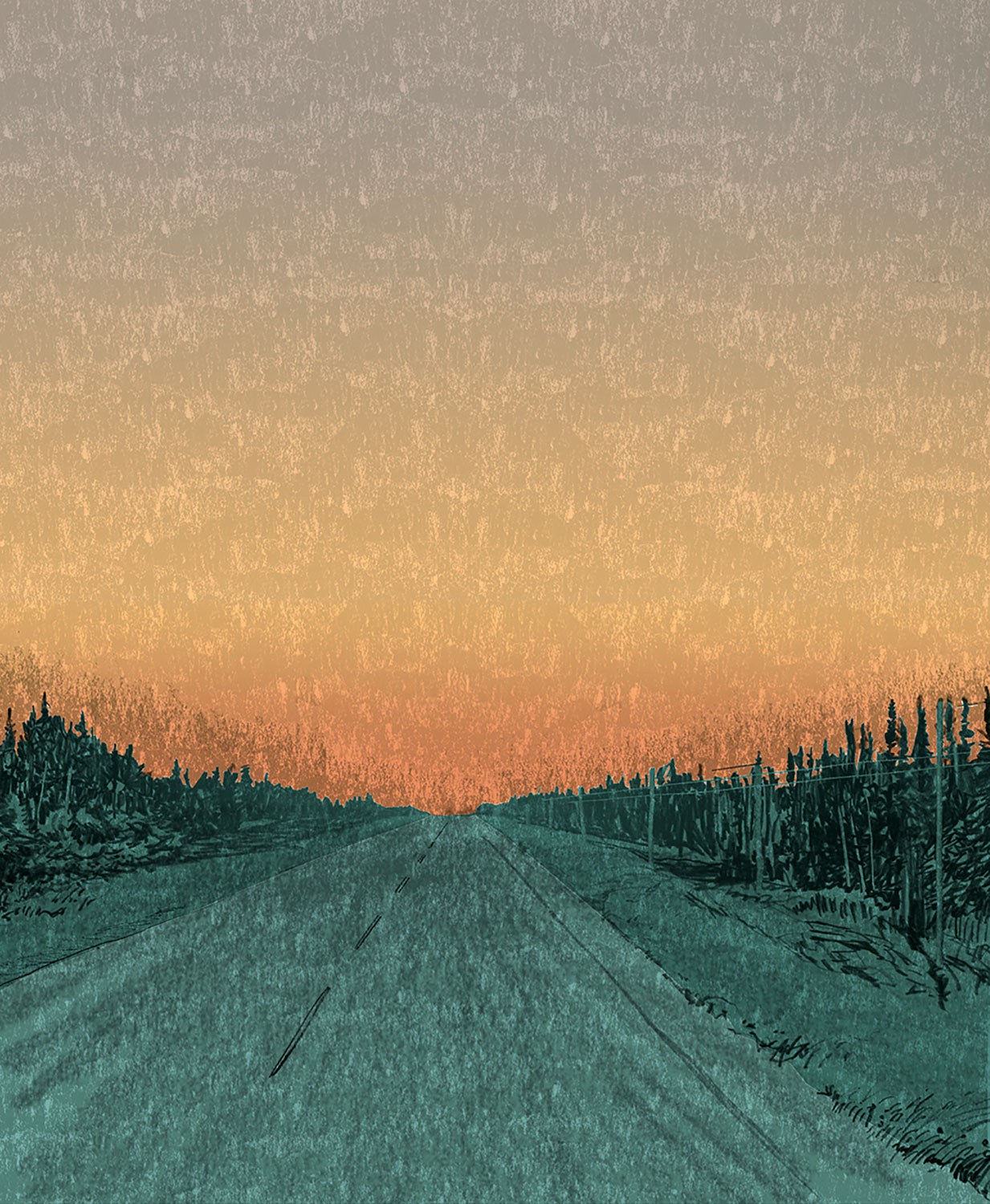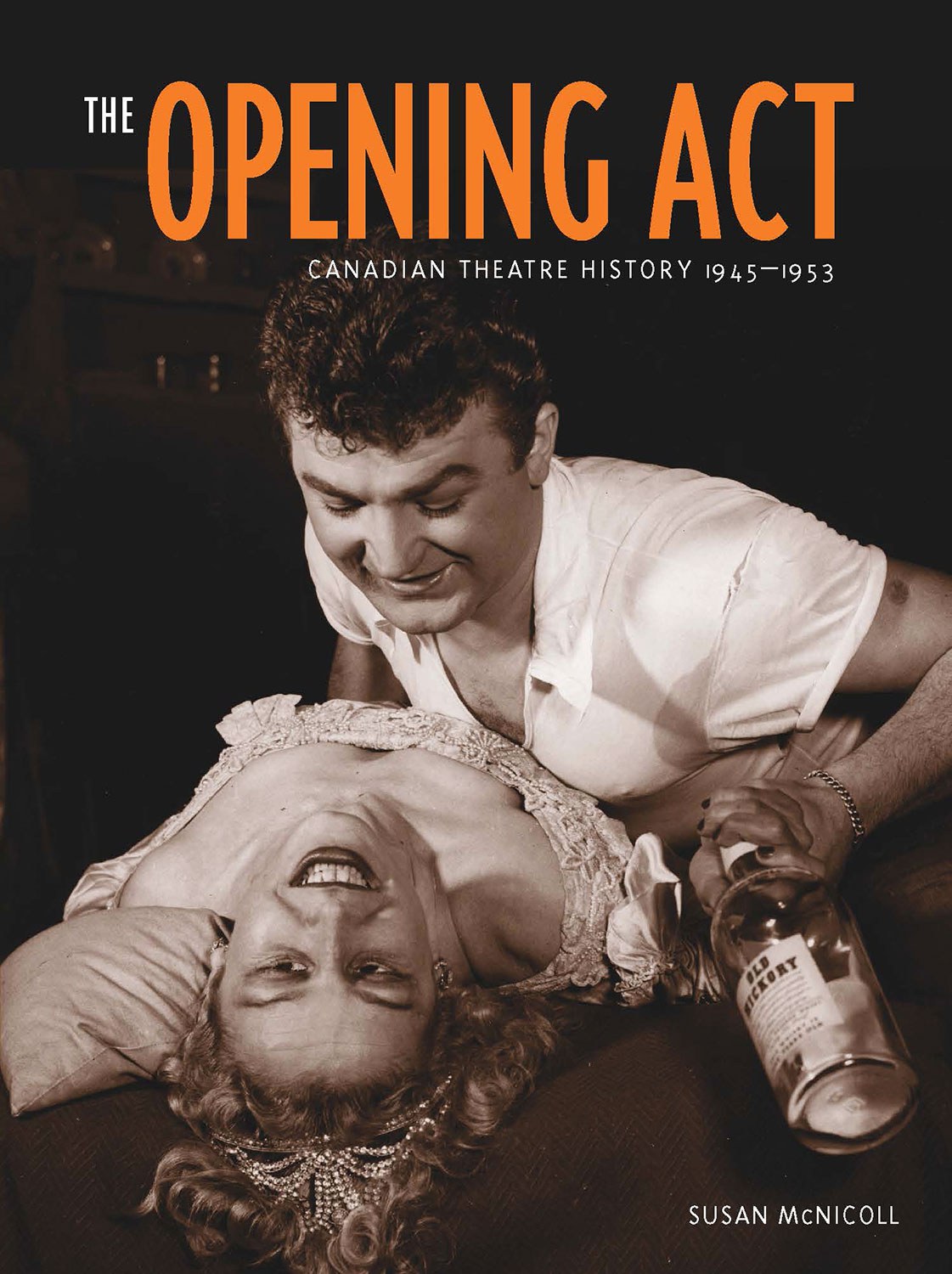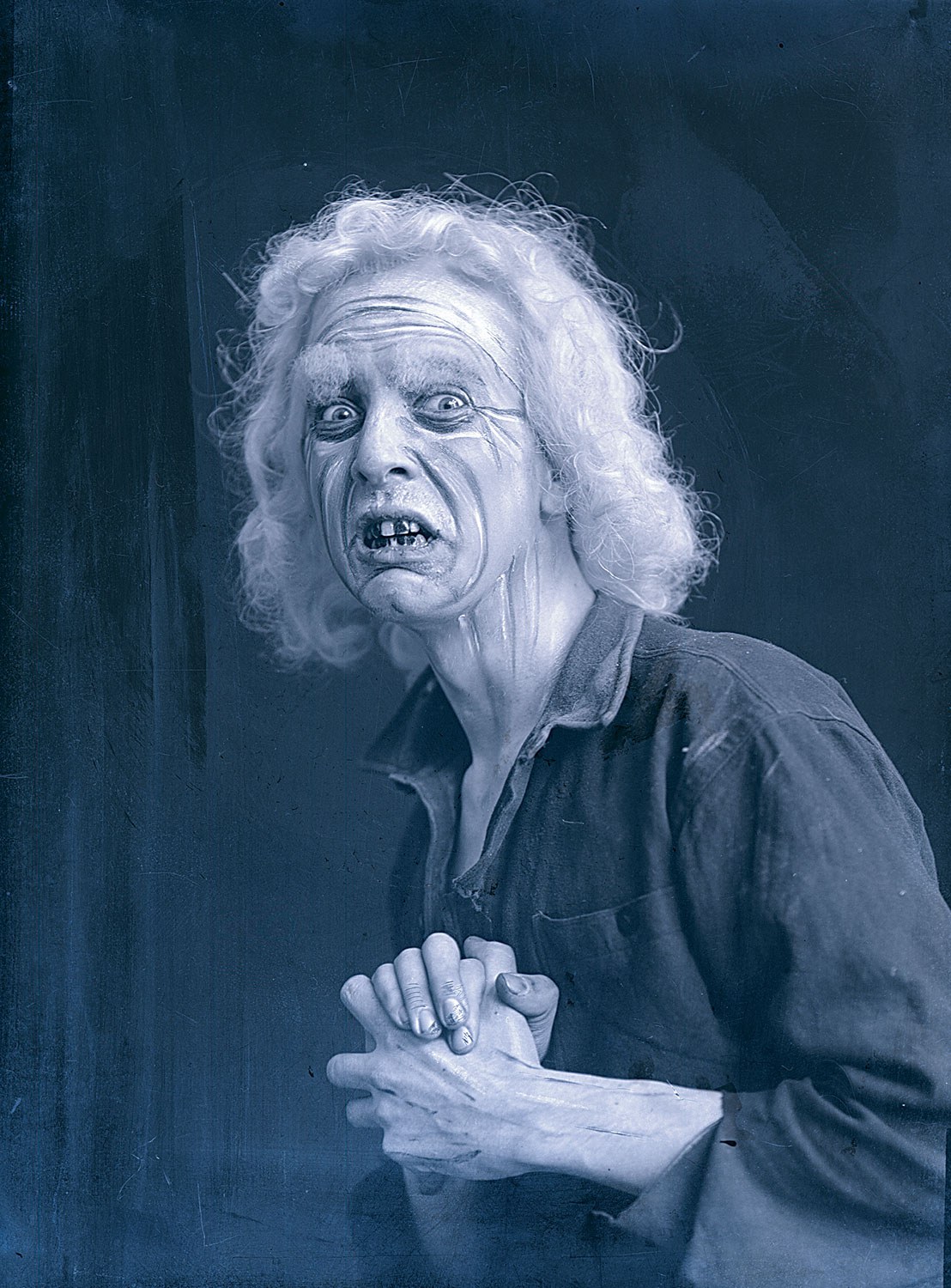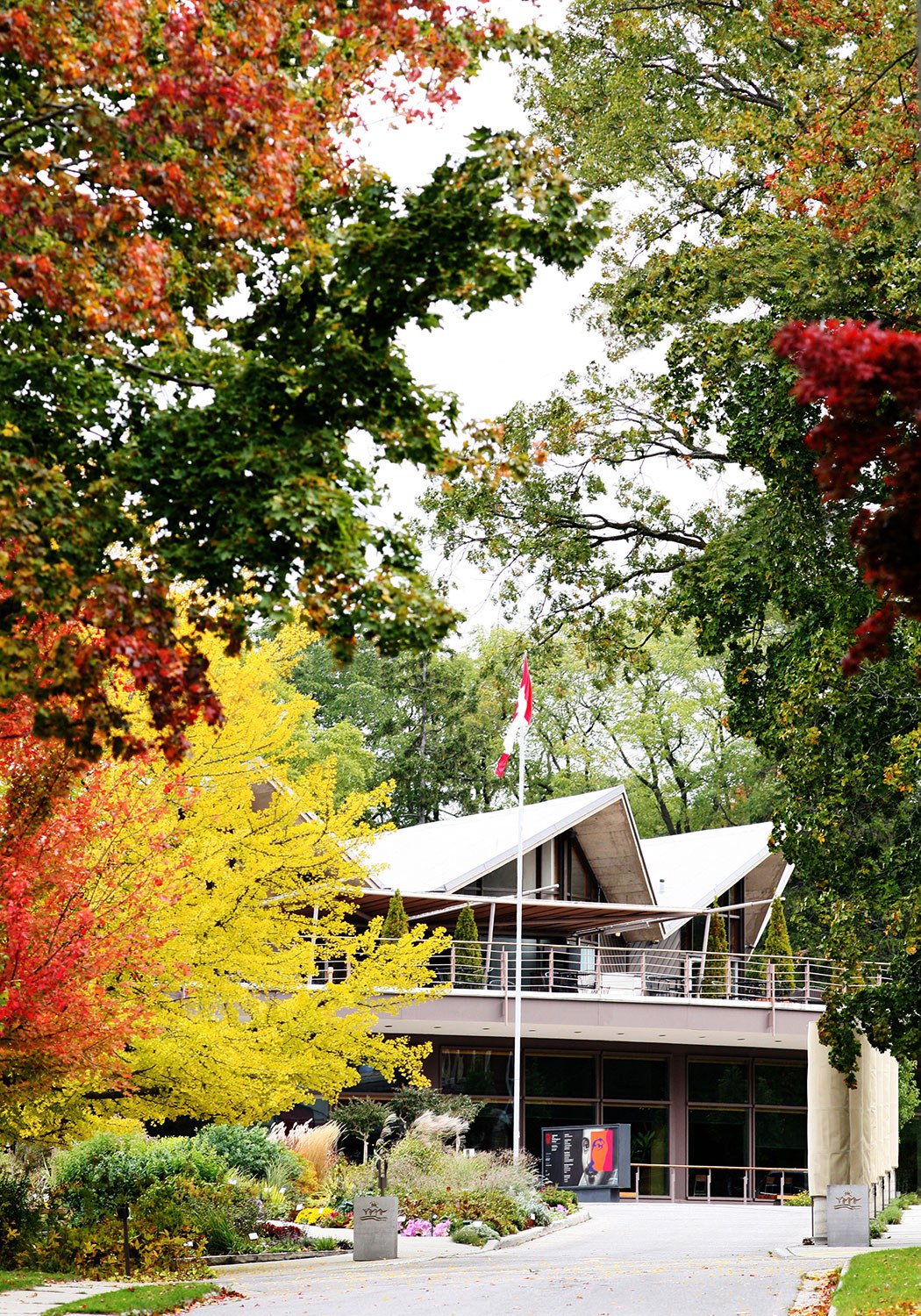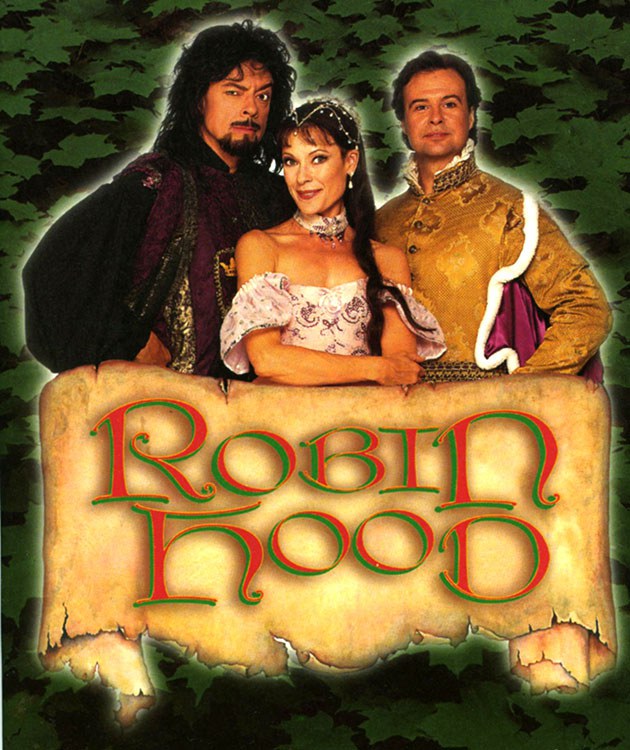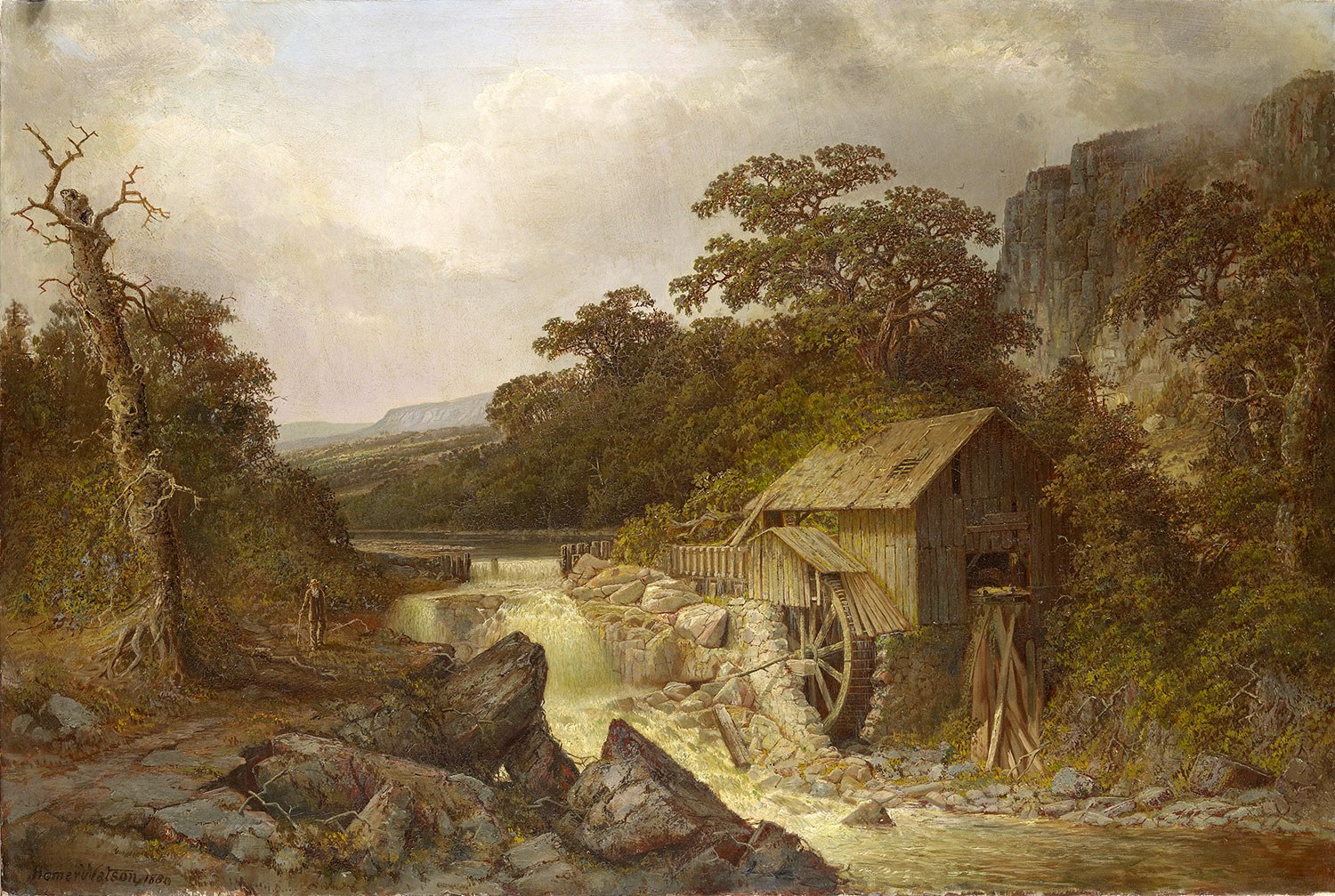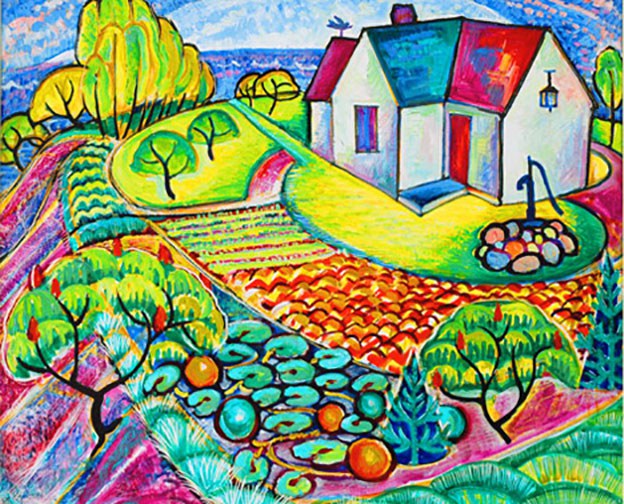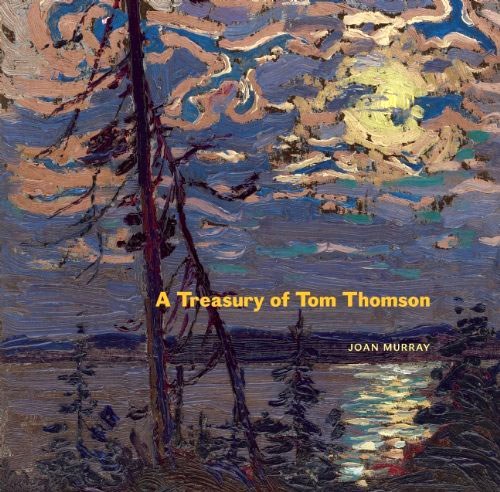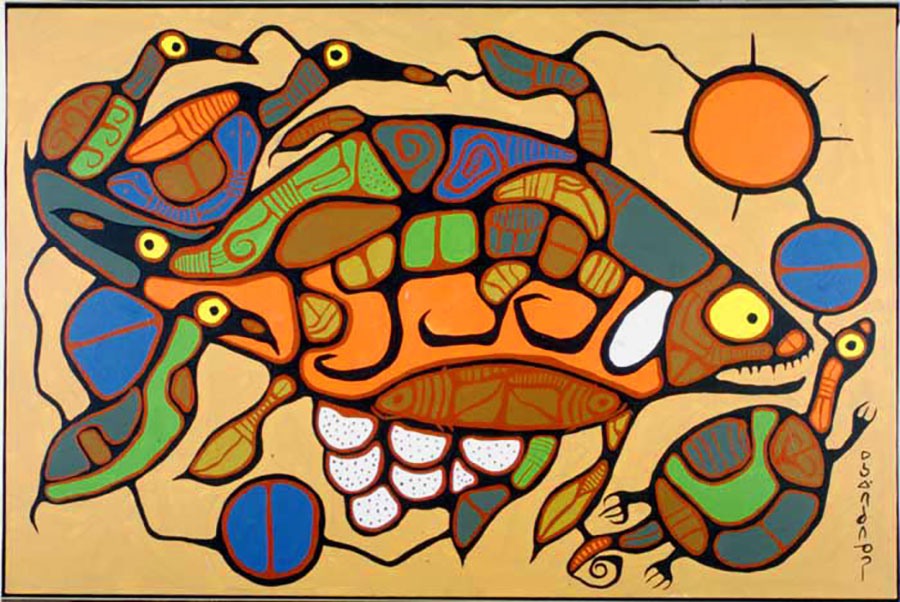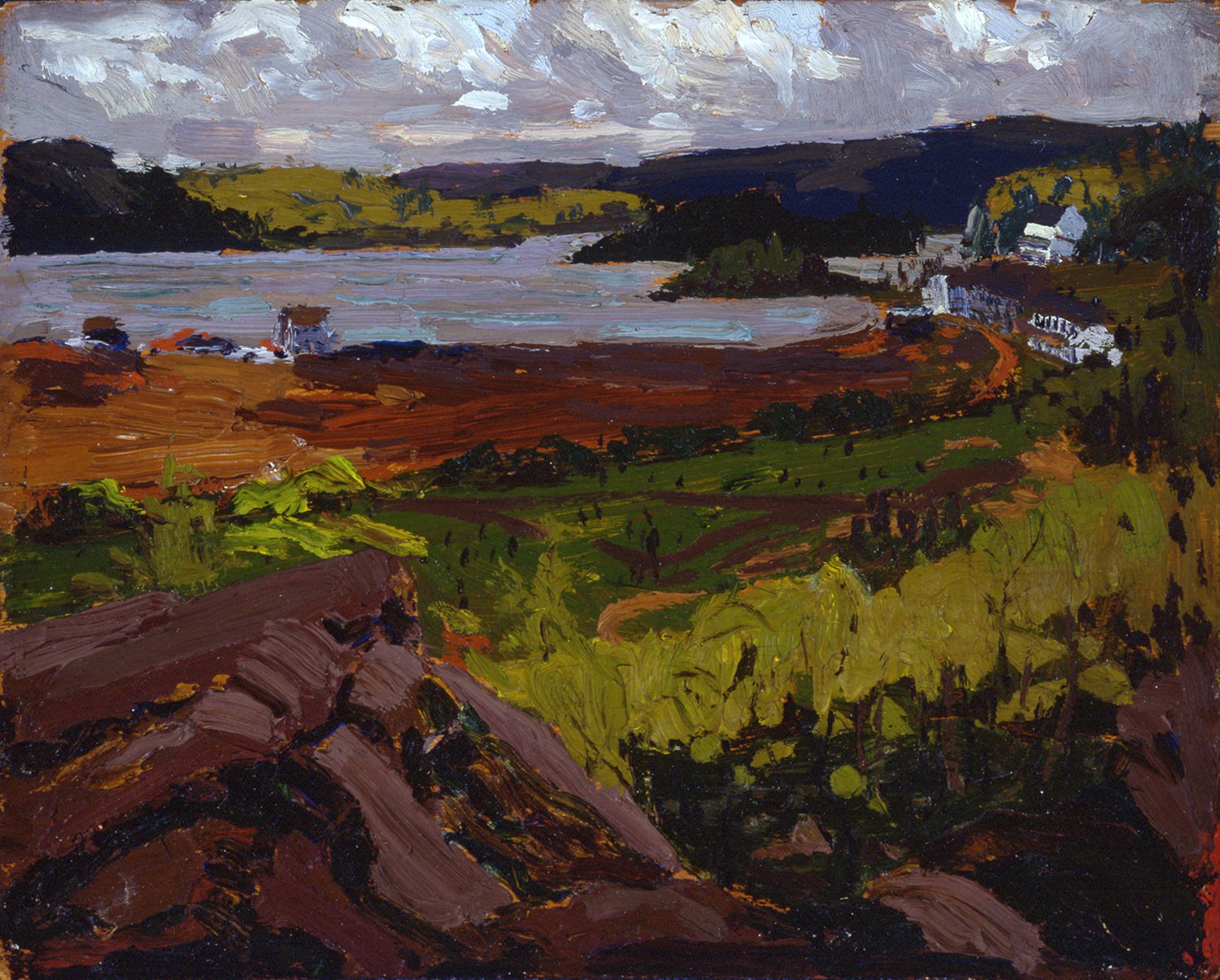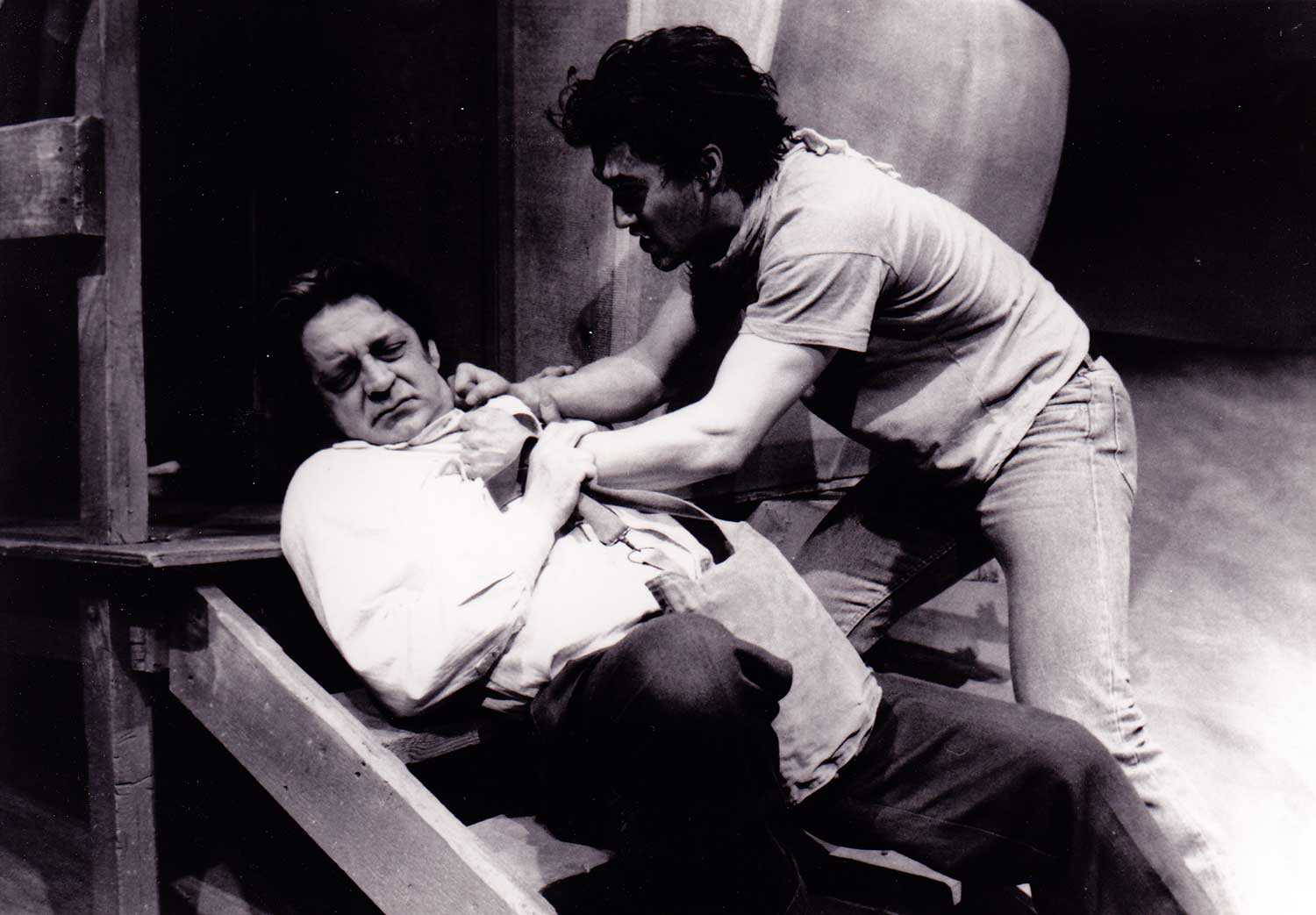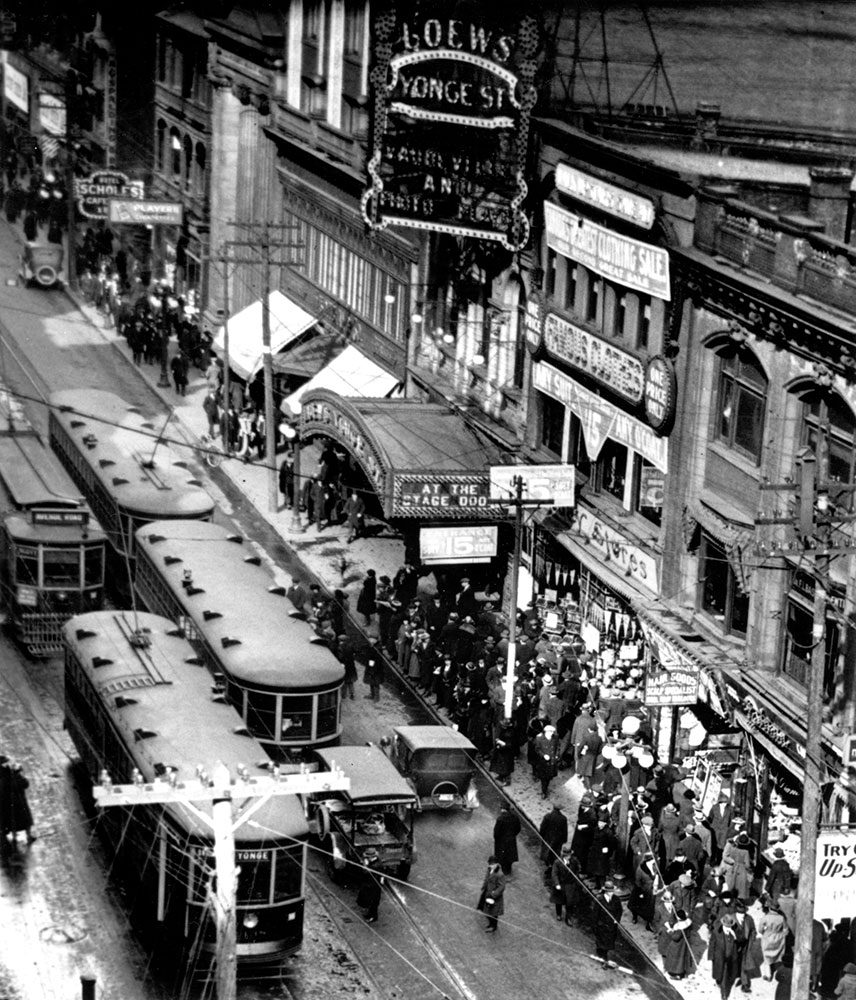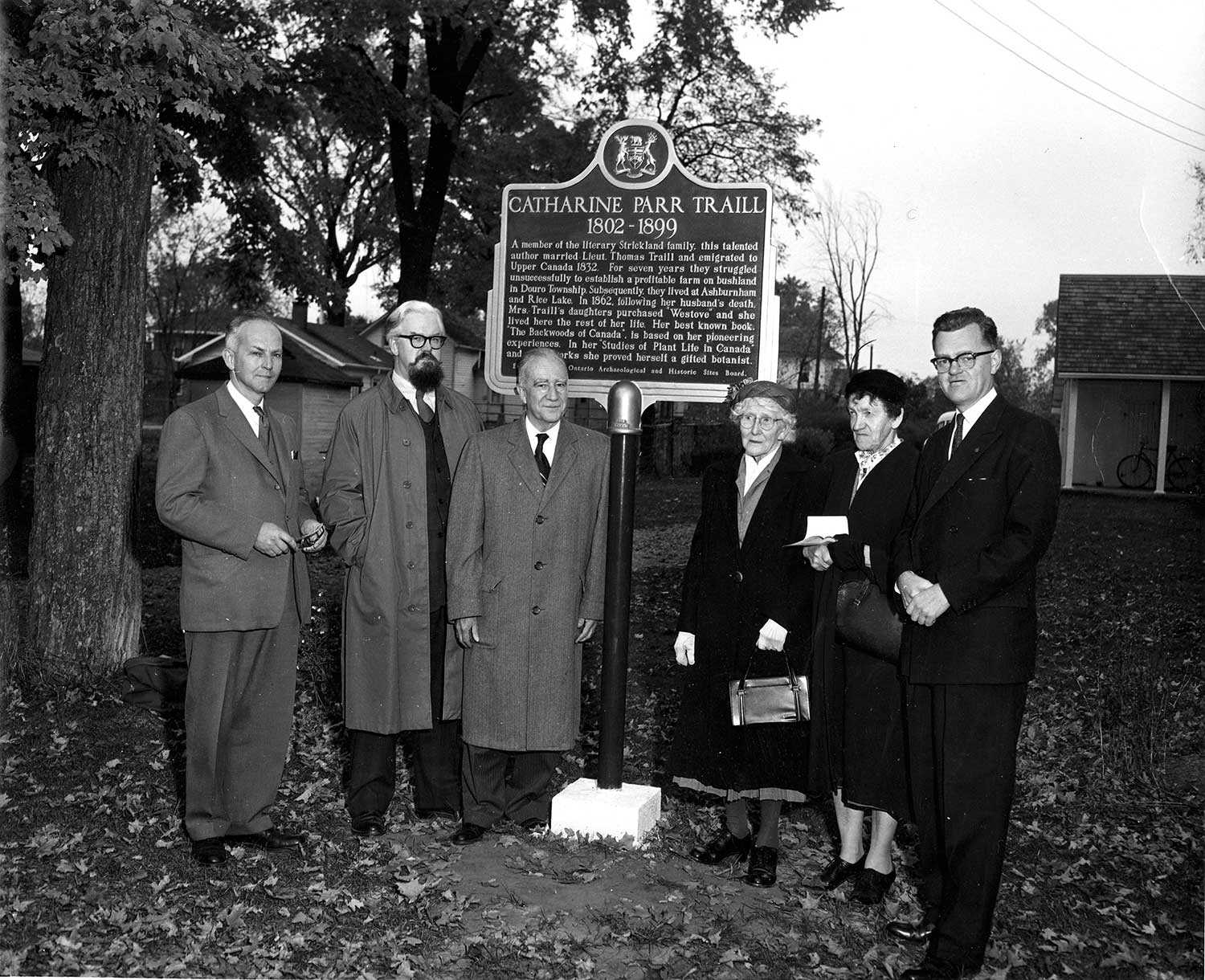

Browse by category
- Adaptive reuse
- Archaeology
- Arts and creativity
- Black heritage
- Buildings and architecture
- Communication
- Community
- Cultural landscapes
- Cultural objects
- Design
- Economics of heritage
- Environment
- Expanding the narrative
- Food
- Francophone heritage
- Indigenous heritage
- Intangible heritage
- Medical heritage
- Military heritage
- MyOntario
- Natural heritage
- Sport heritage
- Tools for conservation
- Women's heritage
A stitch in time
Intangible heritage, Arts and creativity
Published Date: Sep 08, 2017
Photo: Living Room (detail), by Amanda McCavour, 2010-2011 (Photo: Agata Piskunowicz). Produced with the support of the Ontario Arts Council.
My interest in textiles and embroidery started with an interest in drawing and, even more specifically, an interest in line. While I was studying drawing at York University, I thought that it would be an interesting experiment to propose embroidery as drawing – to make a drawing that only existed out of thread – in a more experimental drawing class, but I needed to find a way to do this.
That is where my interest in the medium really began. I didn’t learn the technique from a teacher. Instead, I had a visual problem that I wanted to solve. So, my questions were: How do I make a piece that exists only out of sewn line? What materials would allow me to do this? How much thread is needed to hold a work together? Later on, I began to wonder about the meaning of the material and its relationship to the image. Currently, within my embroidery, I use a sewing machine to cross-hatch, stipple and shade, using a traditional approach in terms of technique, but an experimental approach in terms of material.
I do feel a connection to the history of embroidery and the legacy of artists working with thread, cloth and fibre. There is a body of knowledge that I can tap into, a system of working that can be referenced both technically and conceptually in my artwork. I think that embroidery and cloth carry with it a history of use. These traditions are really interesting and carry a lot of meaning within the material. We know these materials through our sense of touch. The history of thread being a tool for mending is something I often think about – how thread was used as something to join things together and how it has a lot of strength.
I also think that technology is changing the ways that people are accessing traditional crafts. You can tap into so much knowledge through online communities and have answers to questions very easily. People are engaging with crafts in these different spaces. I see an interest in both the handmade and digital aspects of embroidery and textiles moving in different, but related, ways. While digital applications of embroidery are moving forward and developing, there is an interest in making things by hand and interacting with materials in this way will continue to be important.
I am interested in the properties of thread – its delicacy, how it can be a line. I’m interested in how embroidery can relate to touch and how my work is an accumulation of time and material to create a final product that is often an environment.

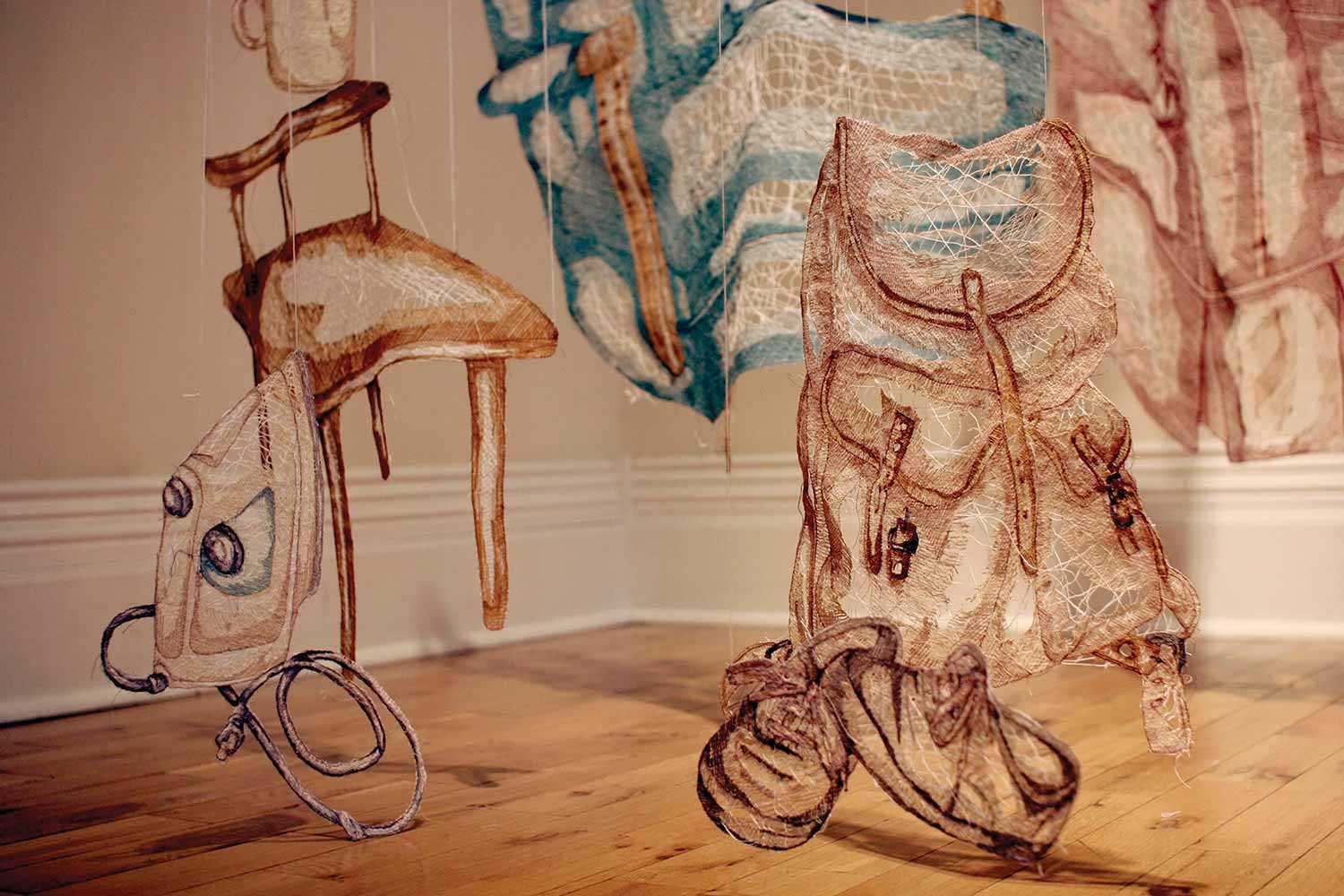
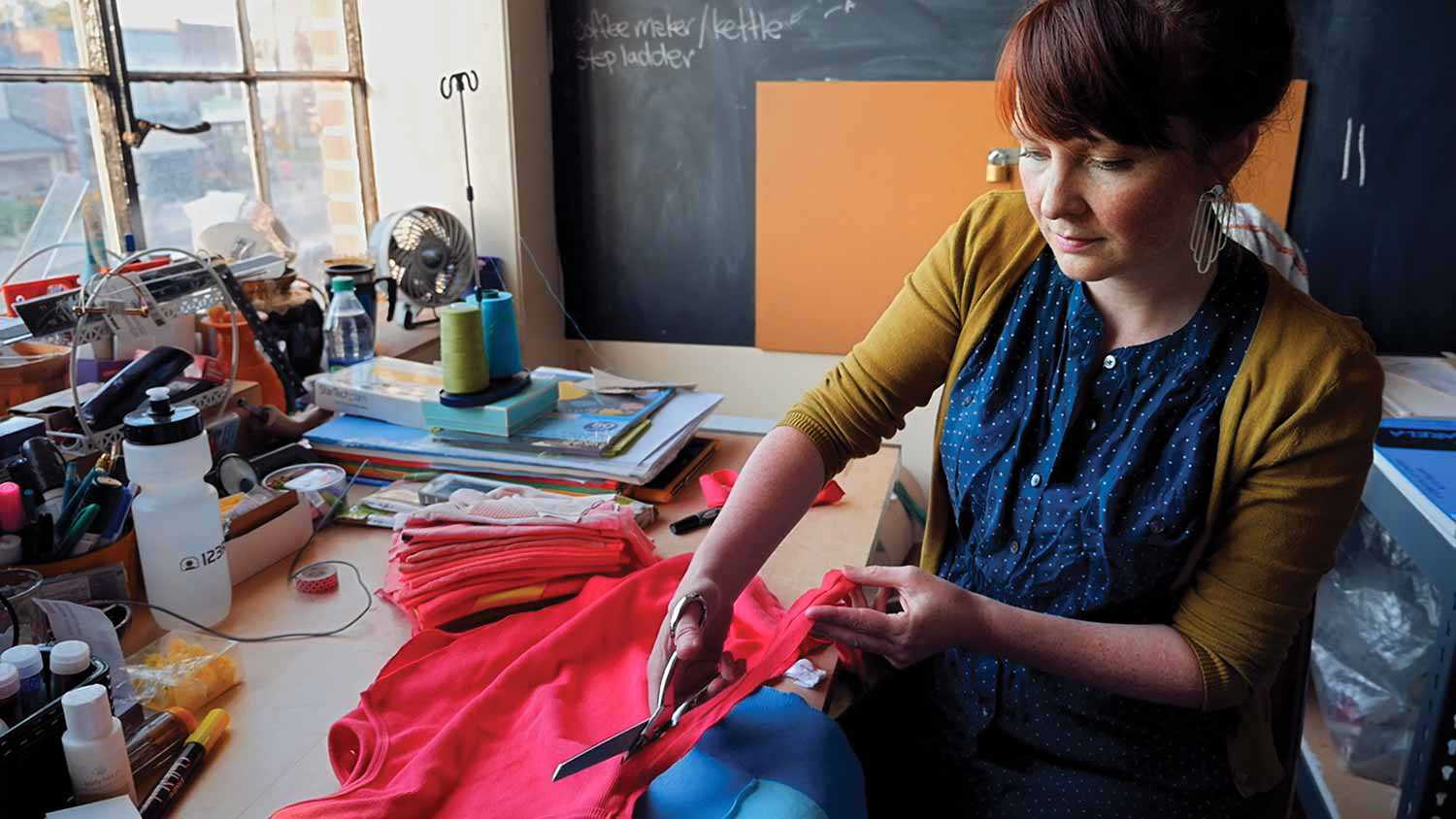
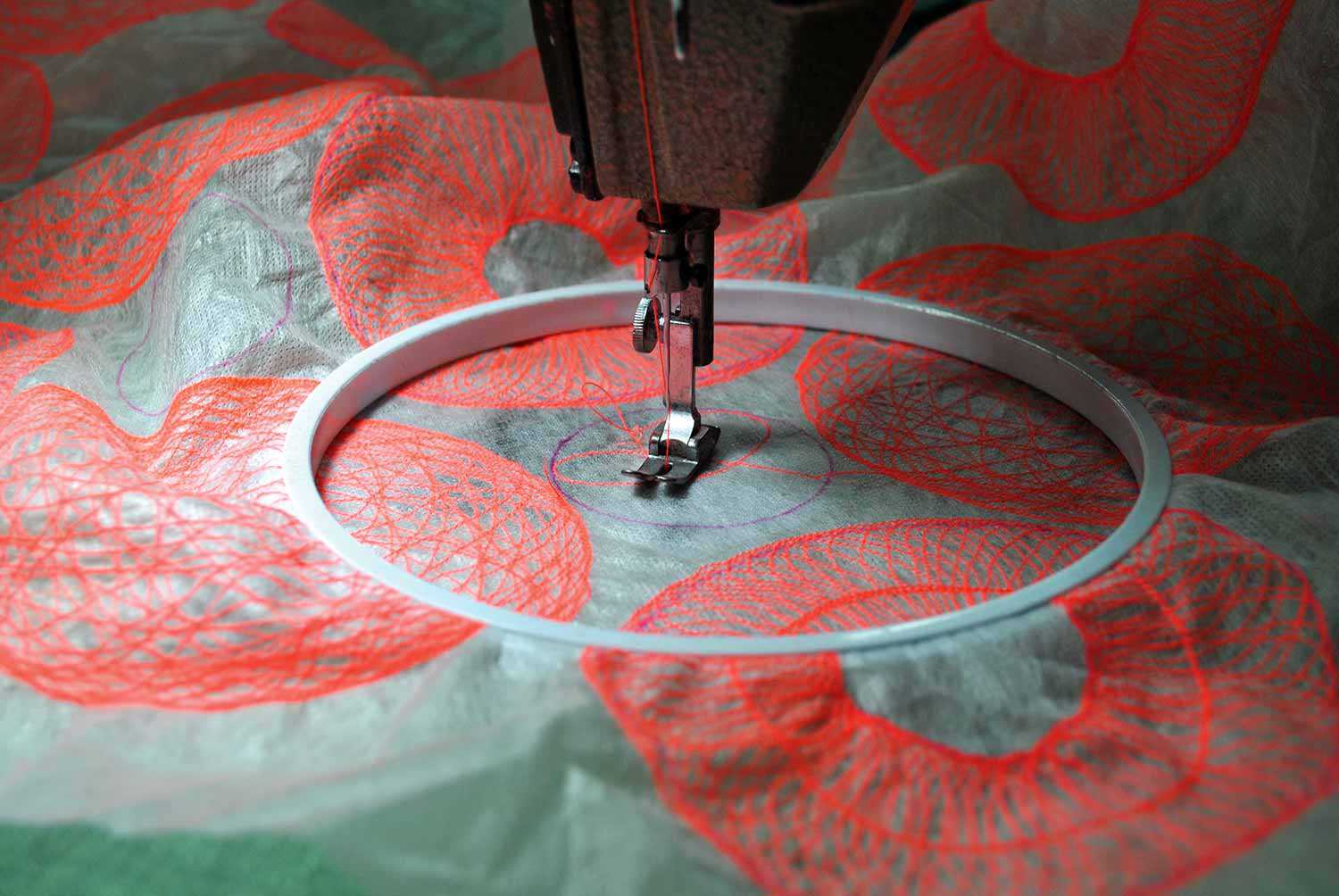
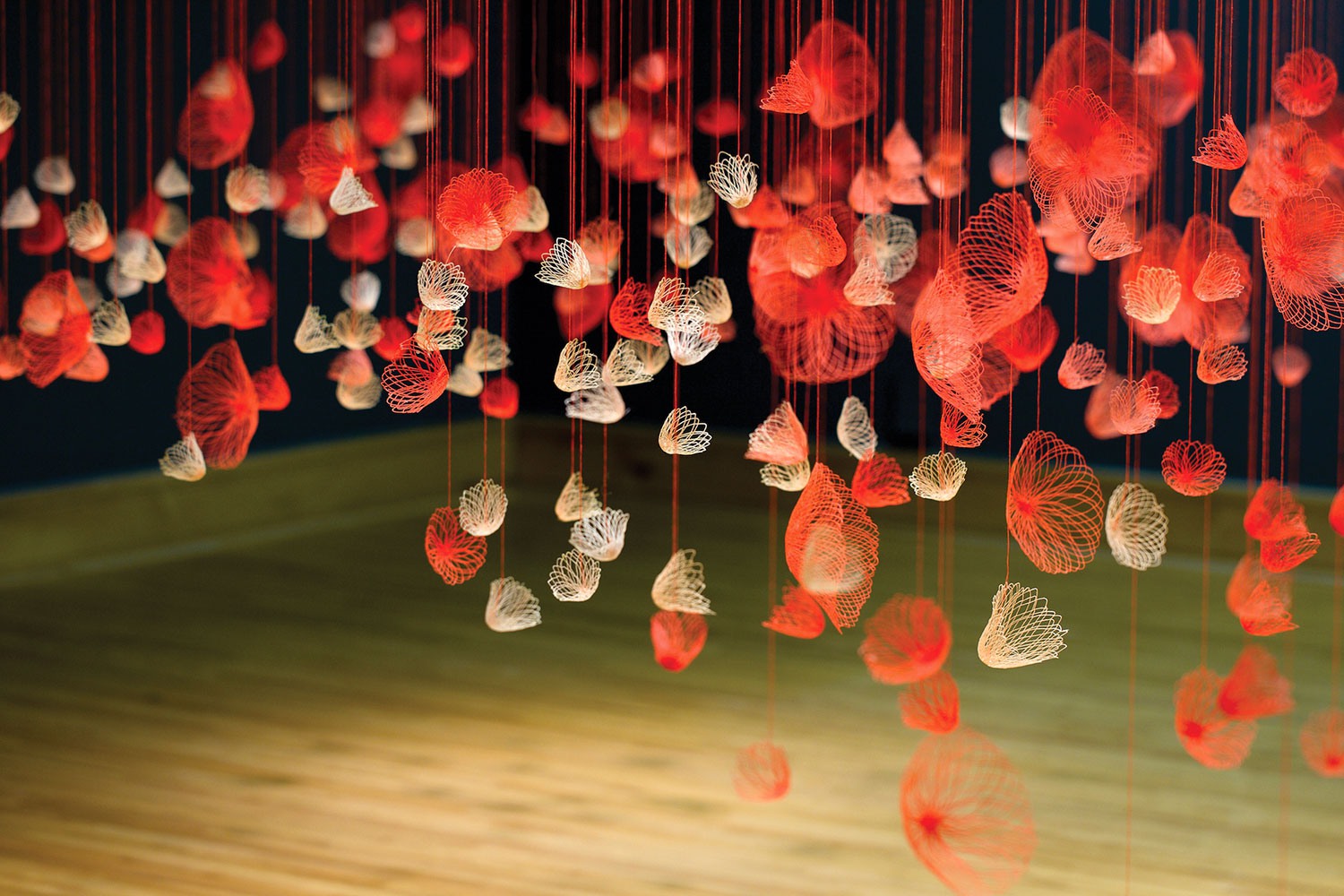
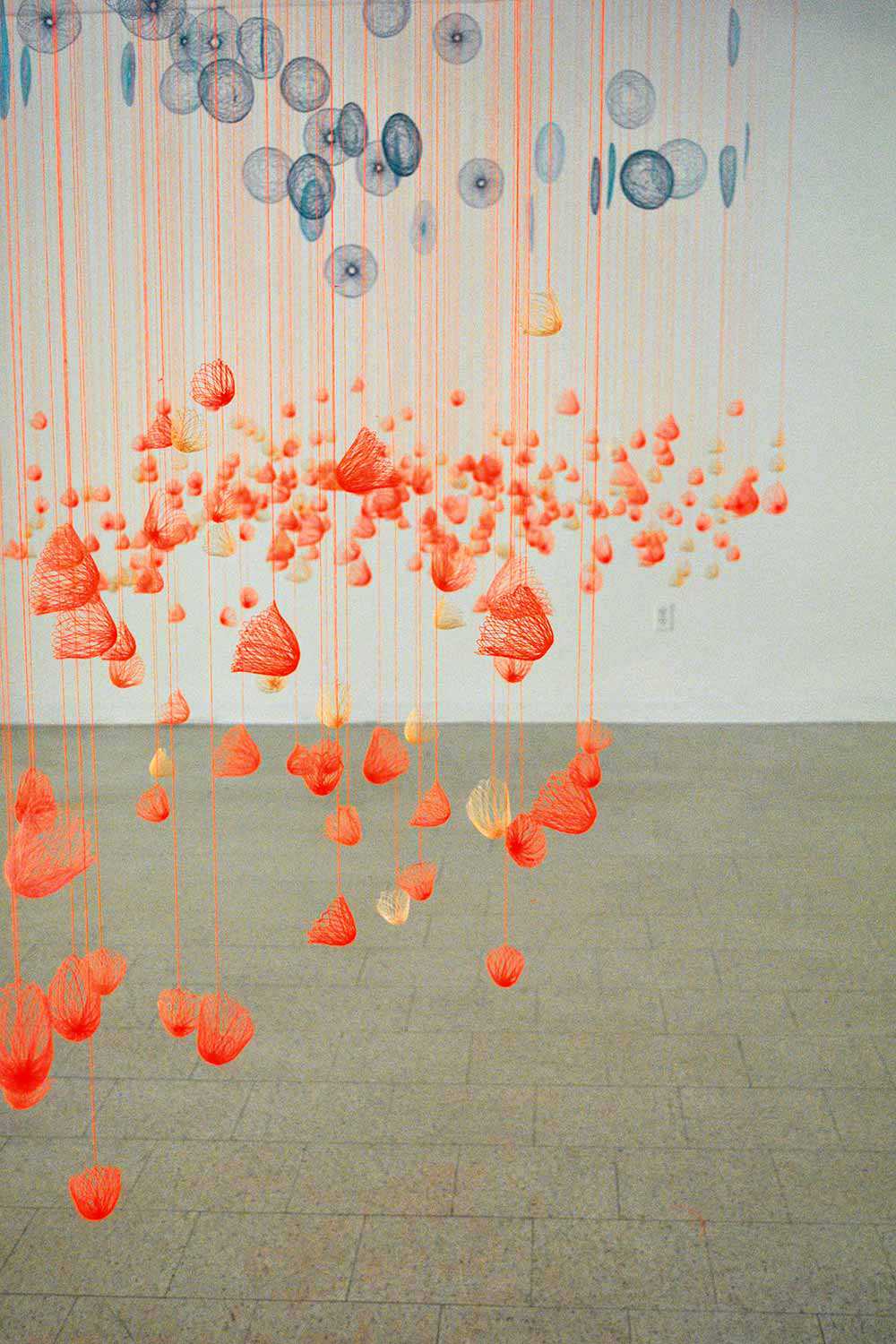

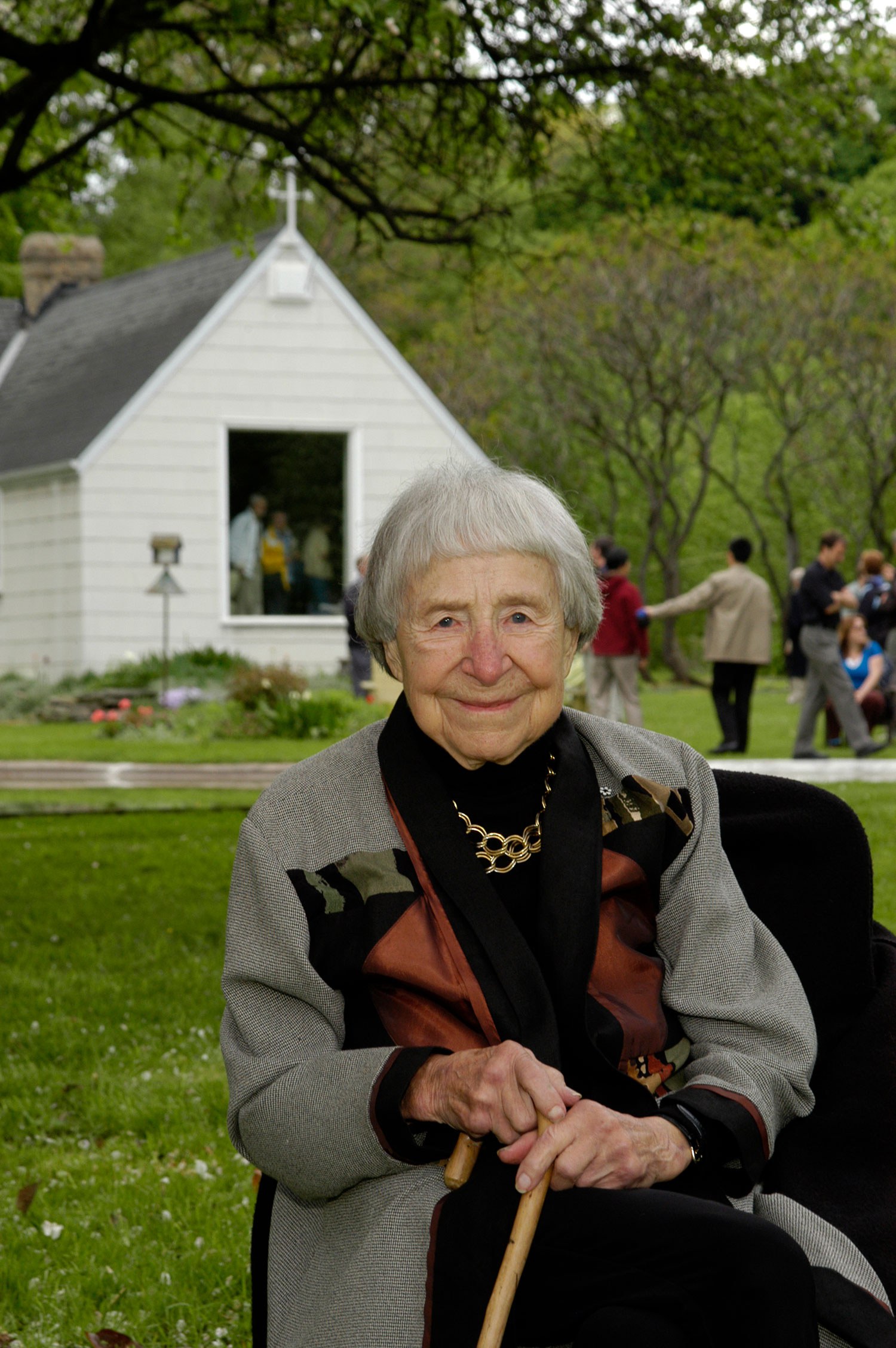
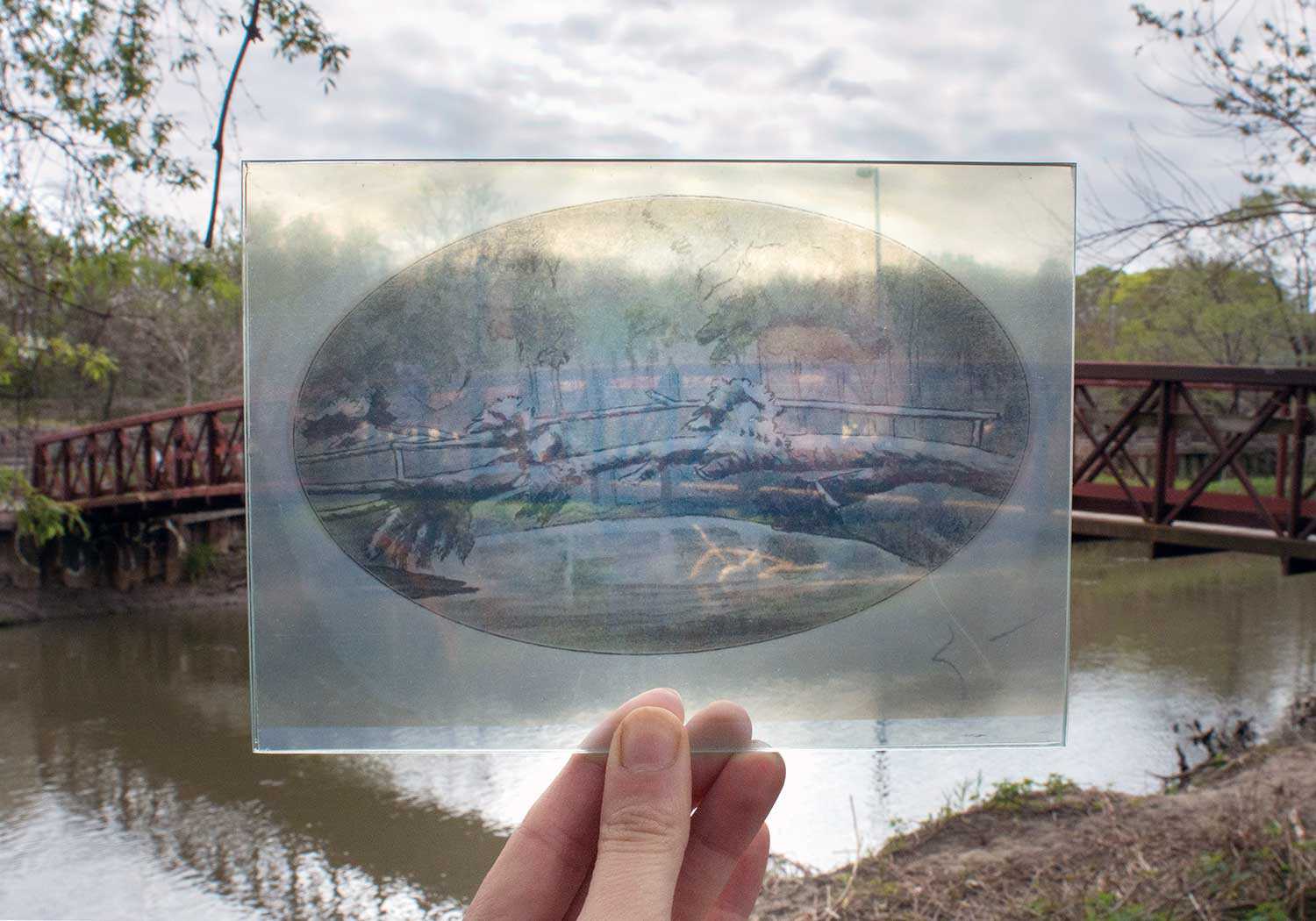

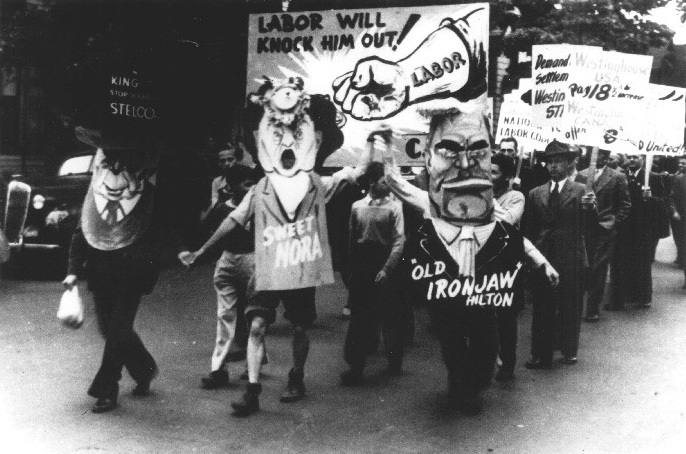
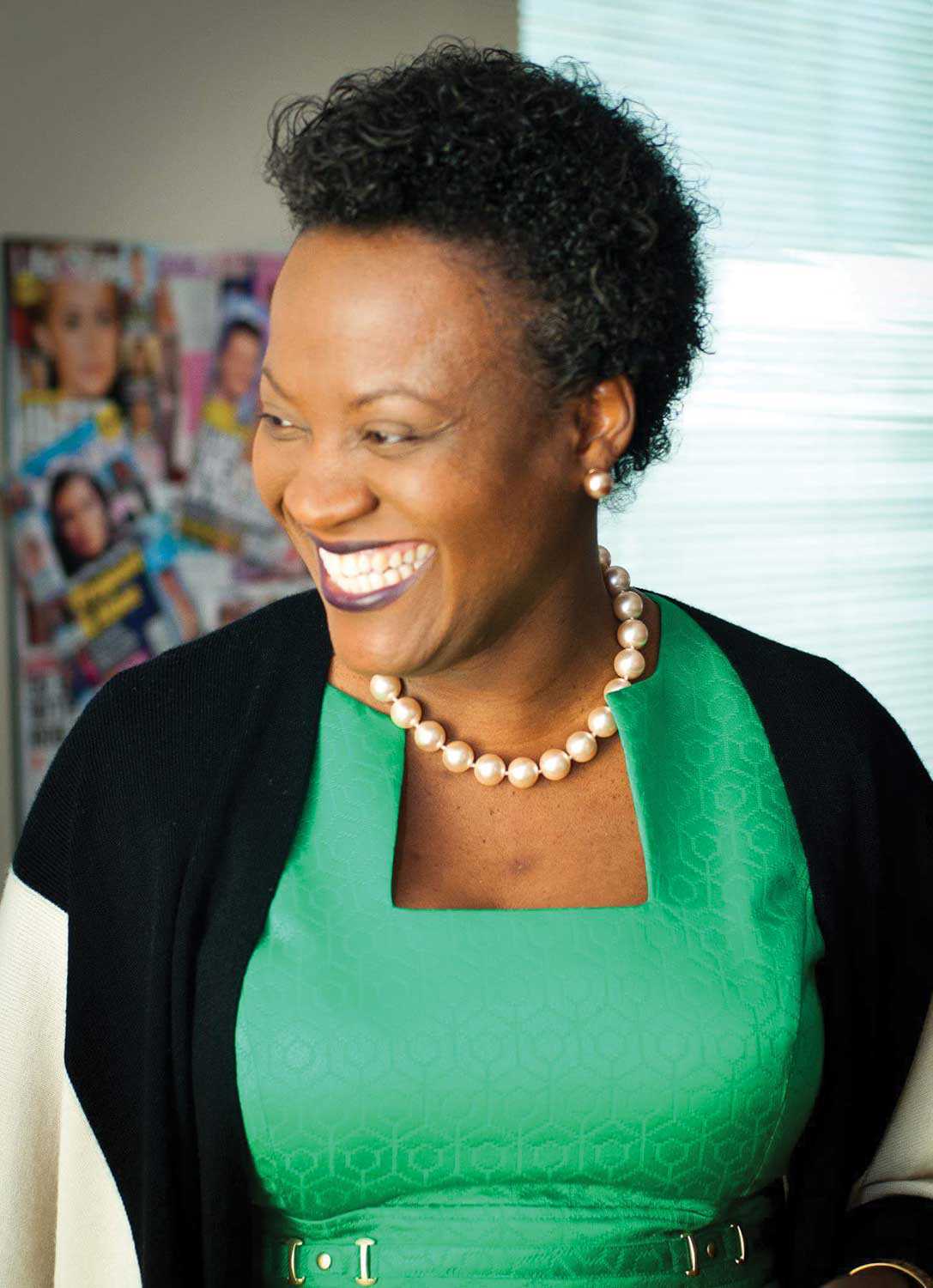
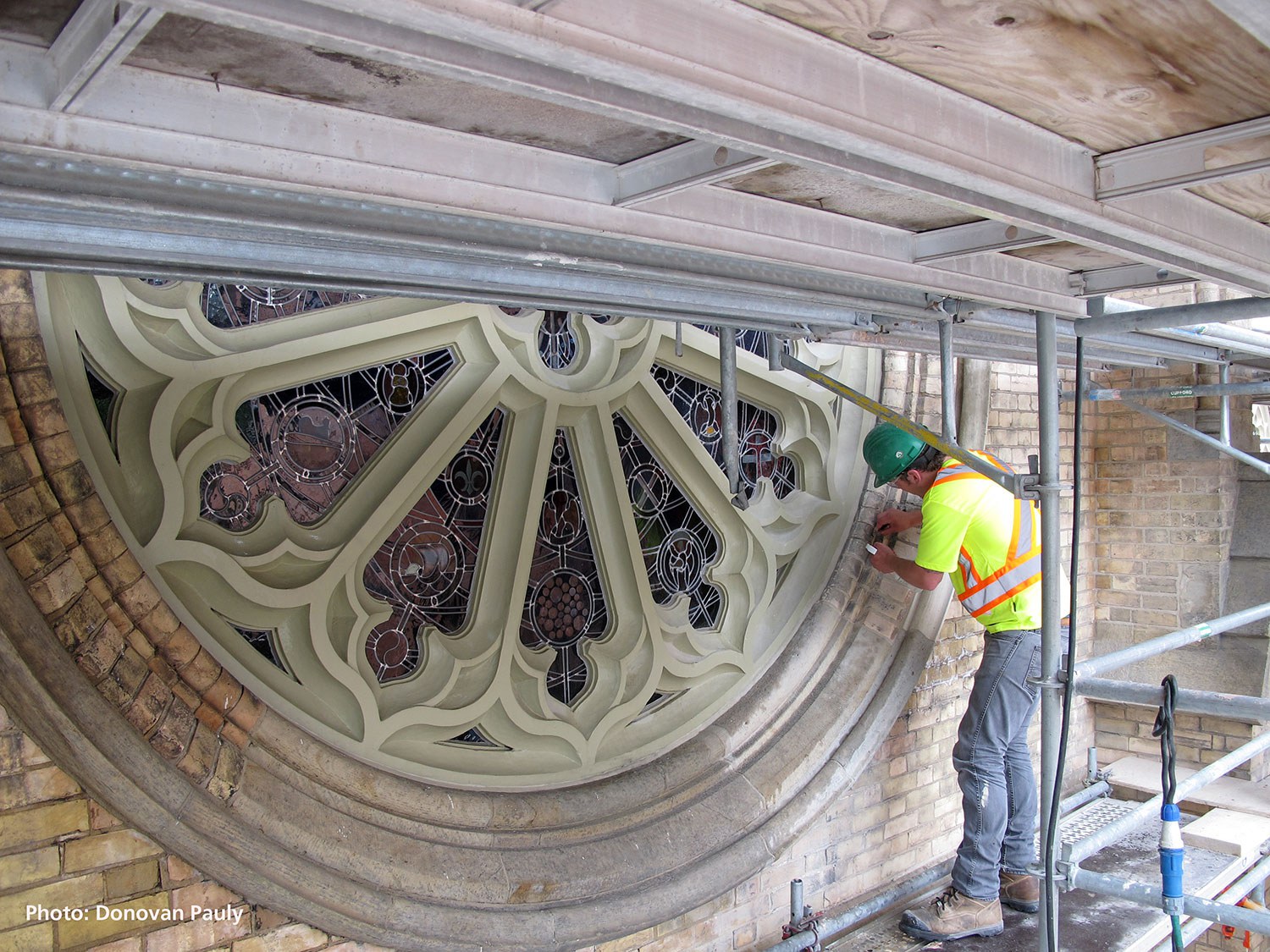
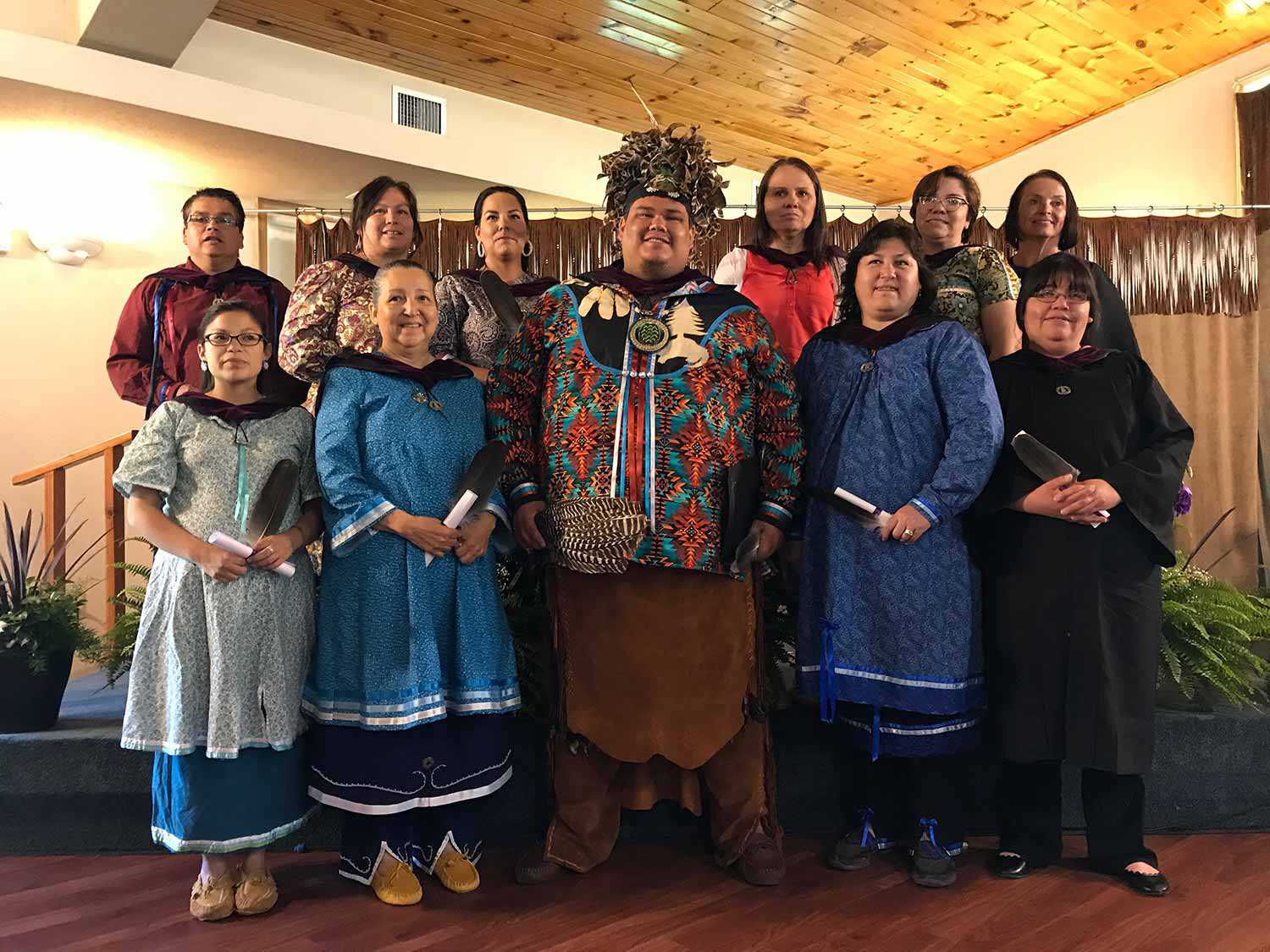
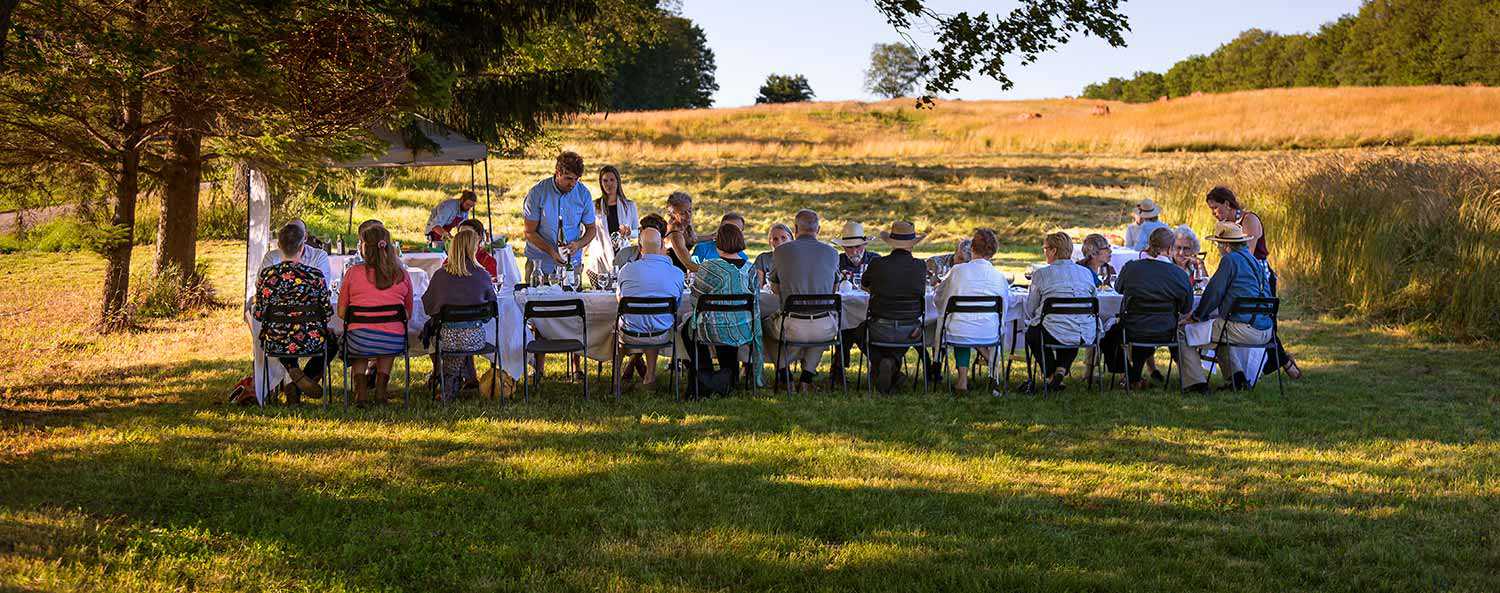
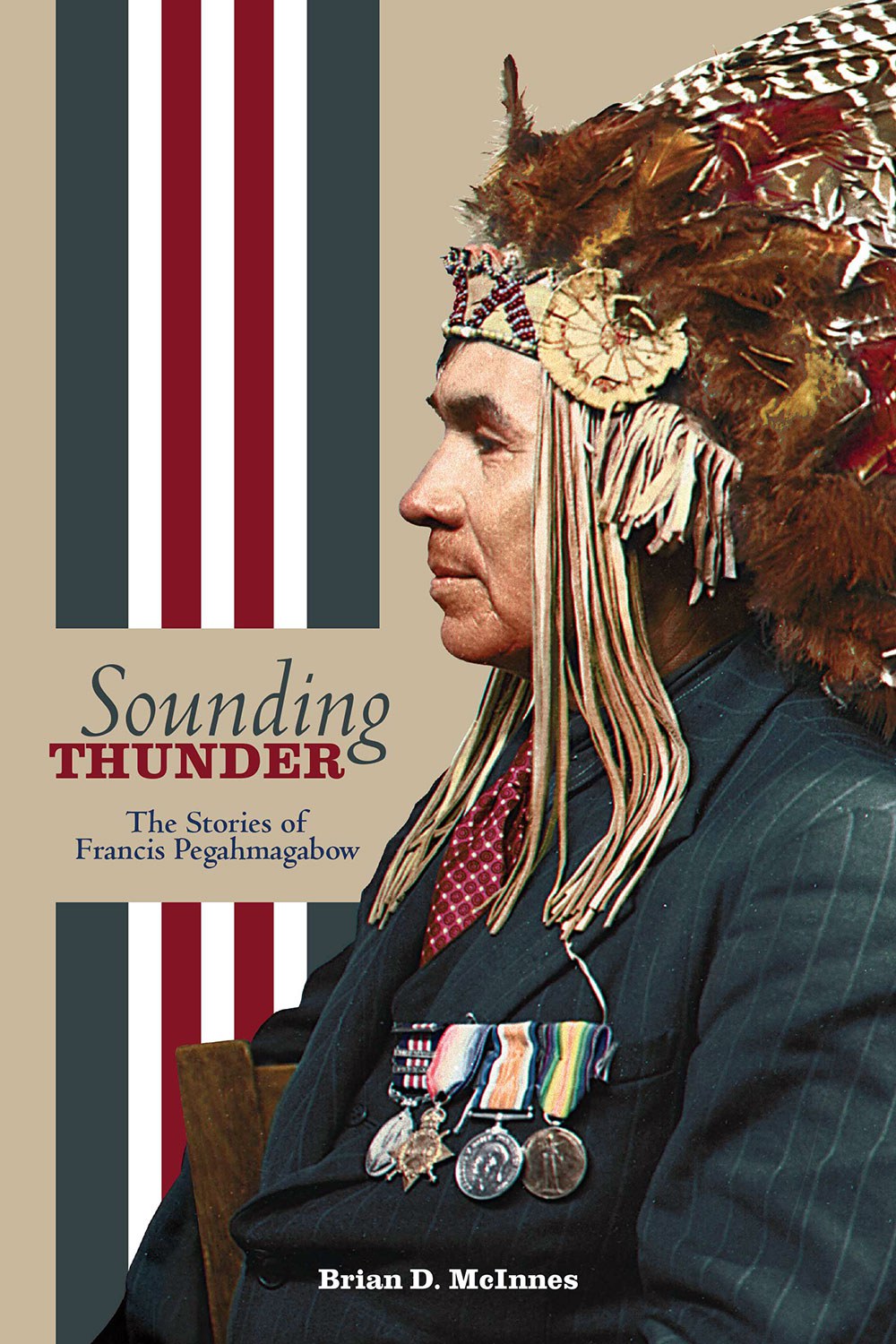
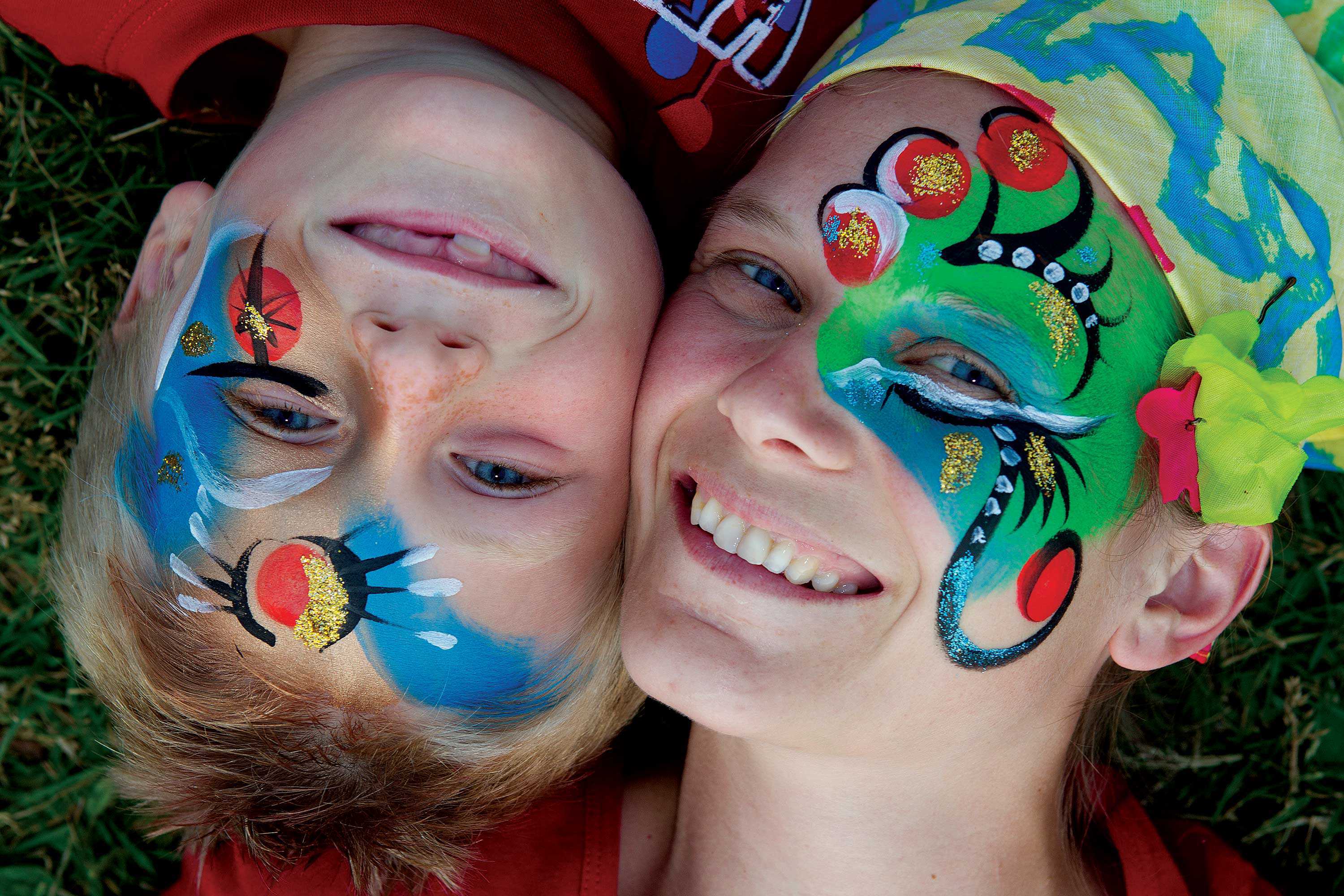
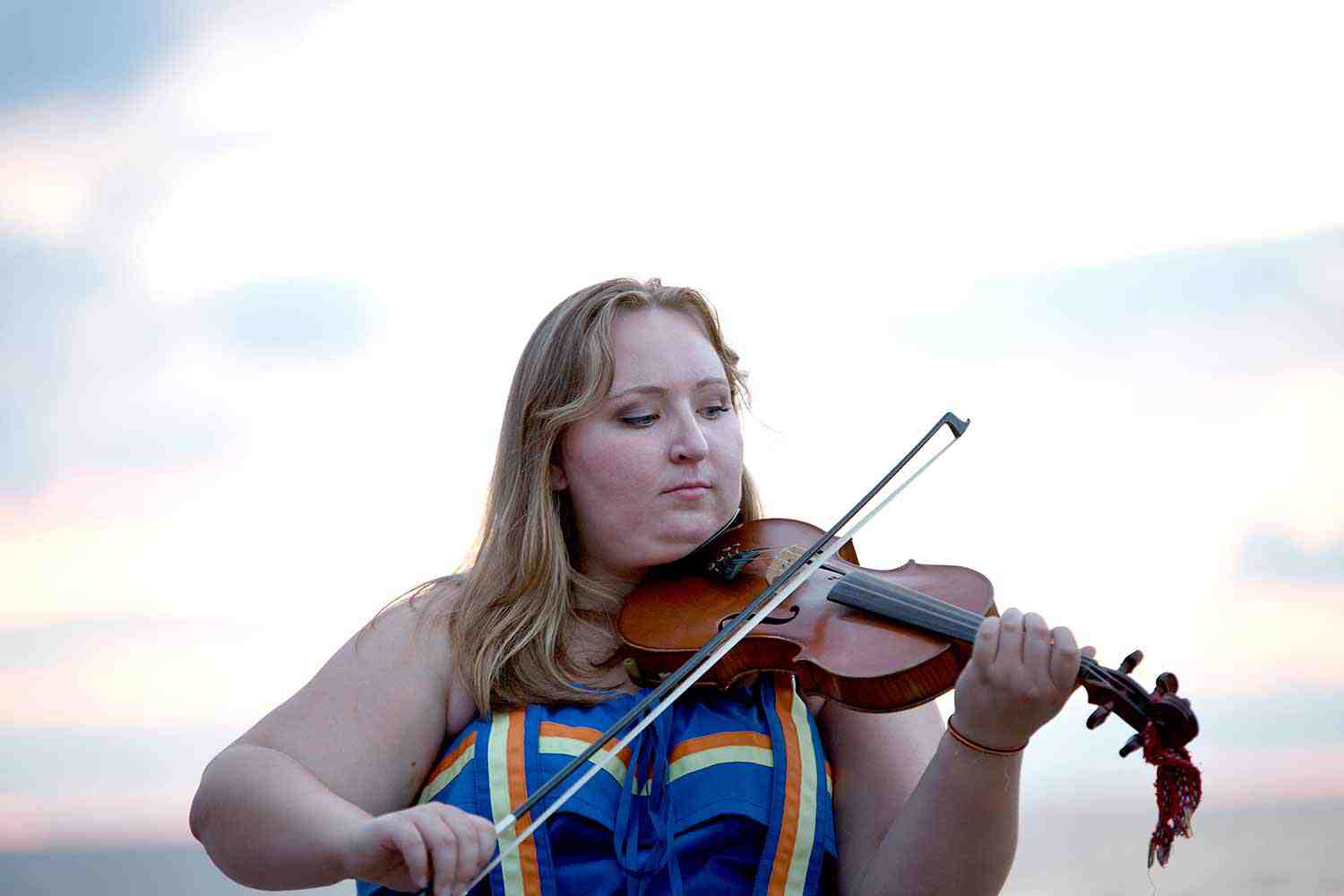
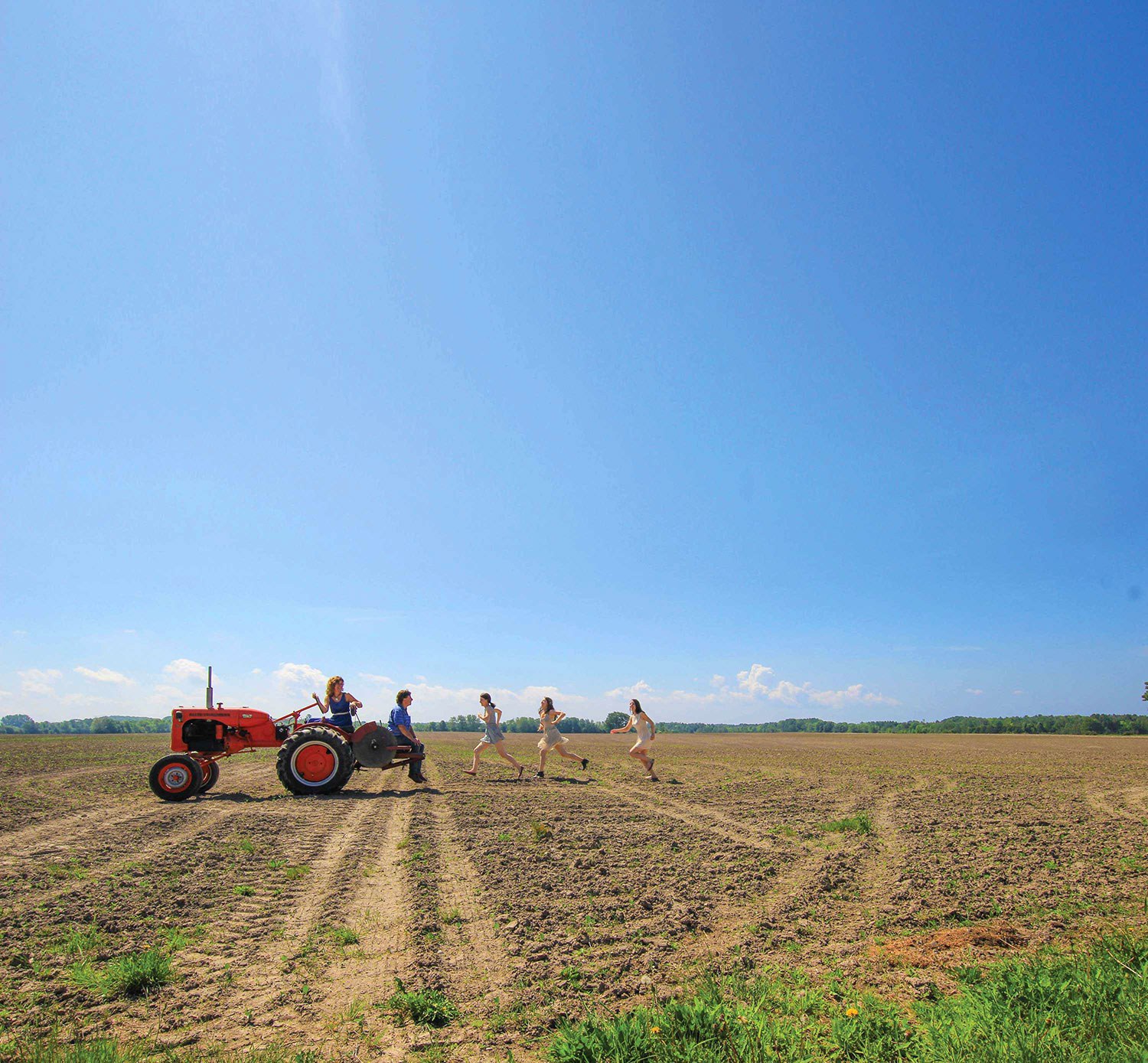
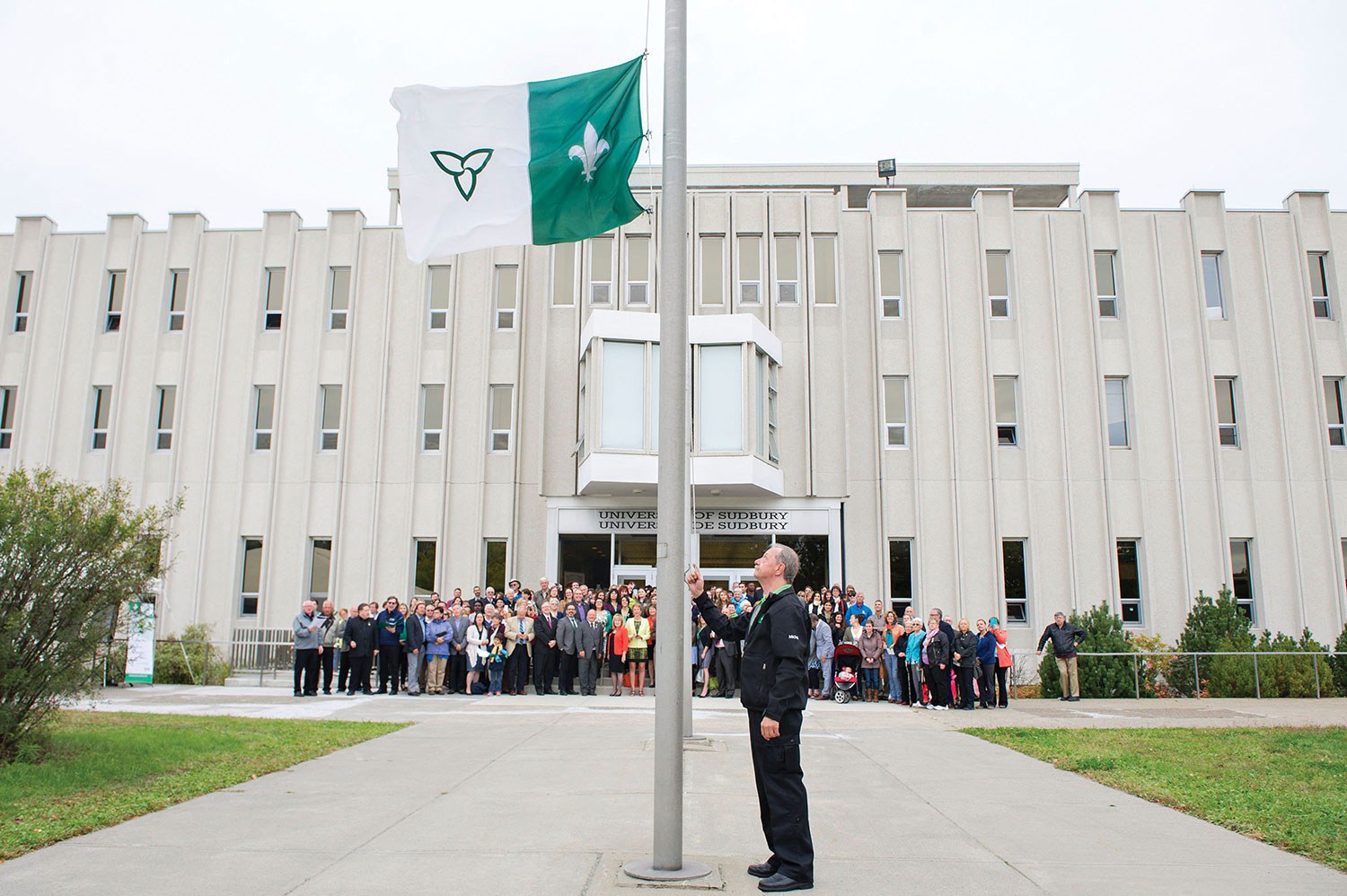

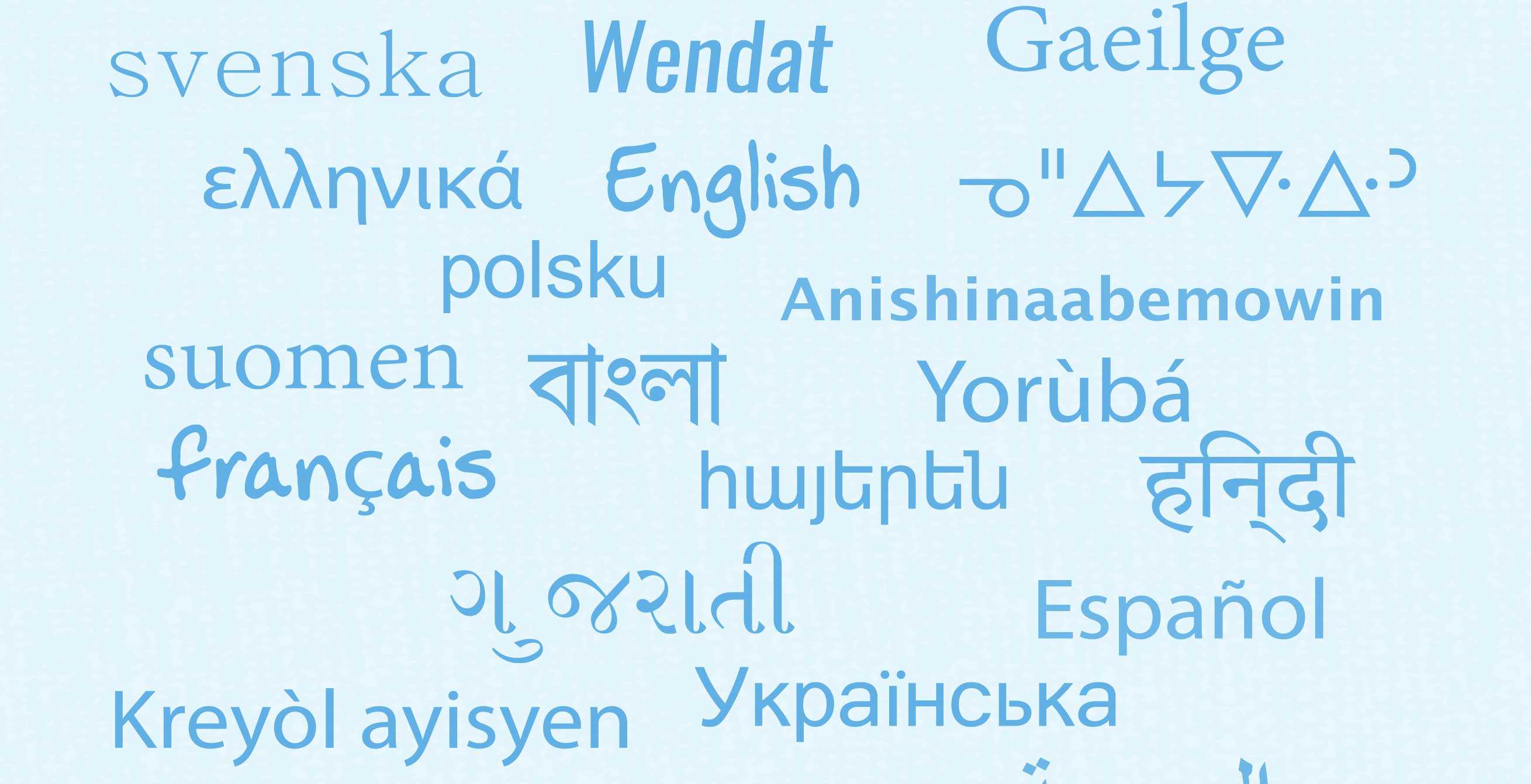
![Rose Lieberman, Rose [Hanford?] Green and Aaron and Sarah Ladovsky in front of United Bakers restaurant, Spadina Ave., Toronto, 1920. Ontario Jewish Archives, Blankenstein Family Heritage Centre, fonds 83, file 9, item 16.](https://www.heritage-matters.ca/uploads/Articles/SoupsOn_Archival_3505.jpg)

